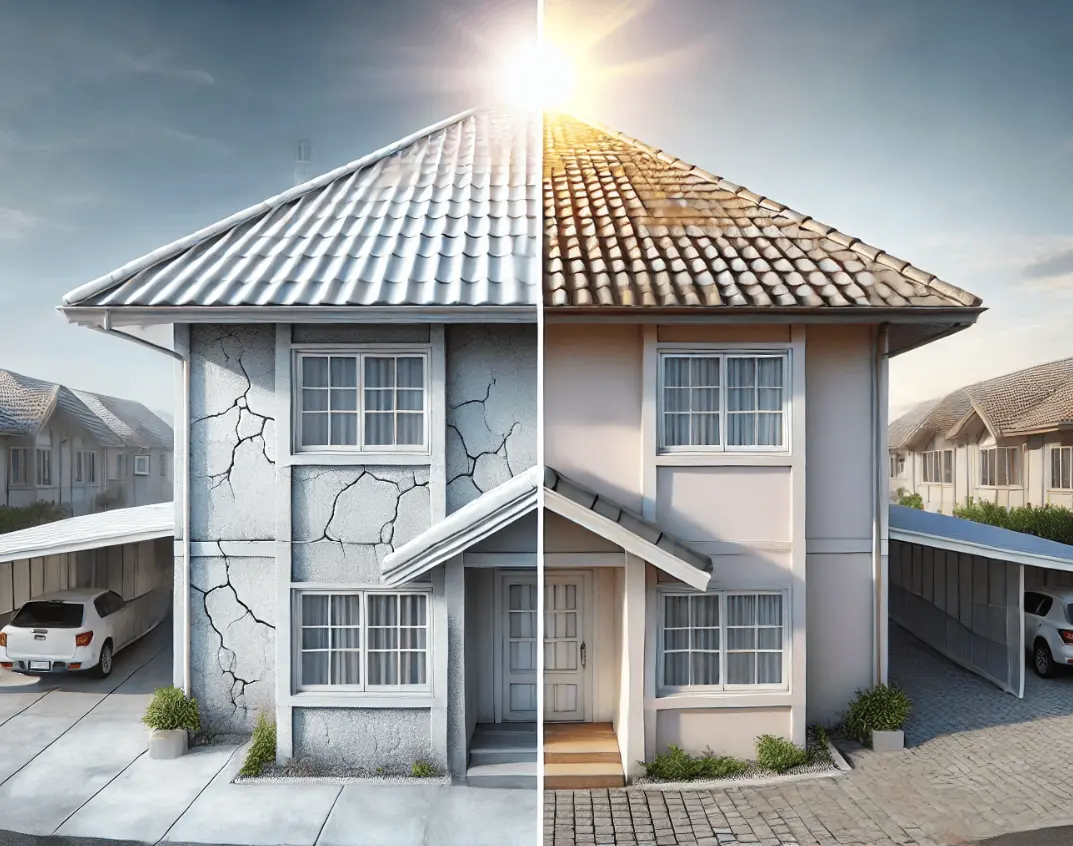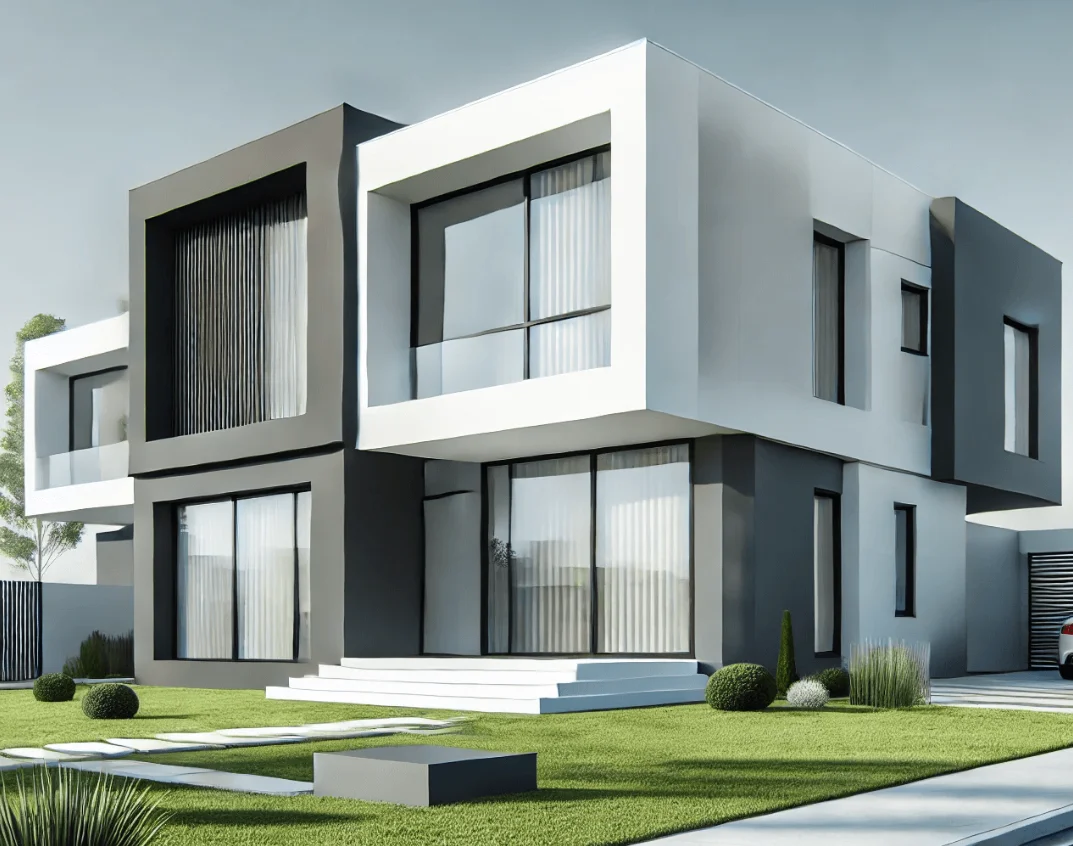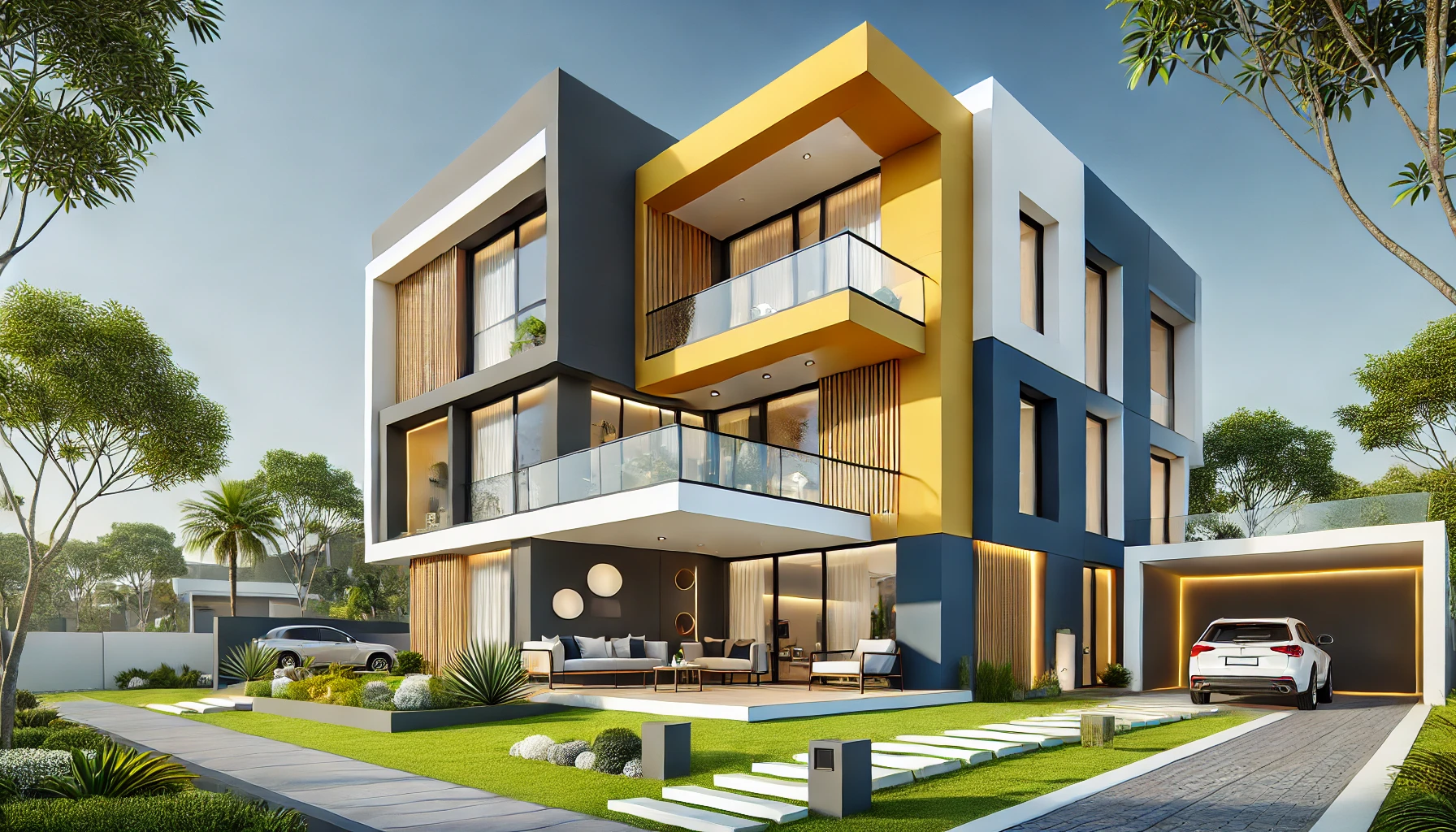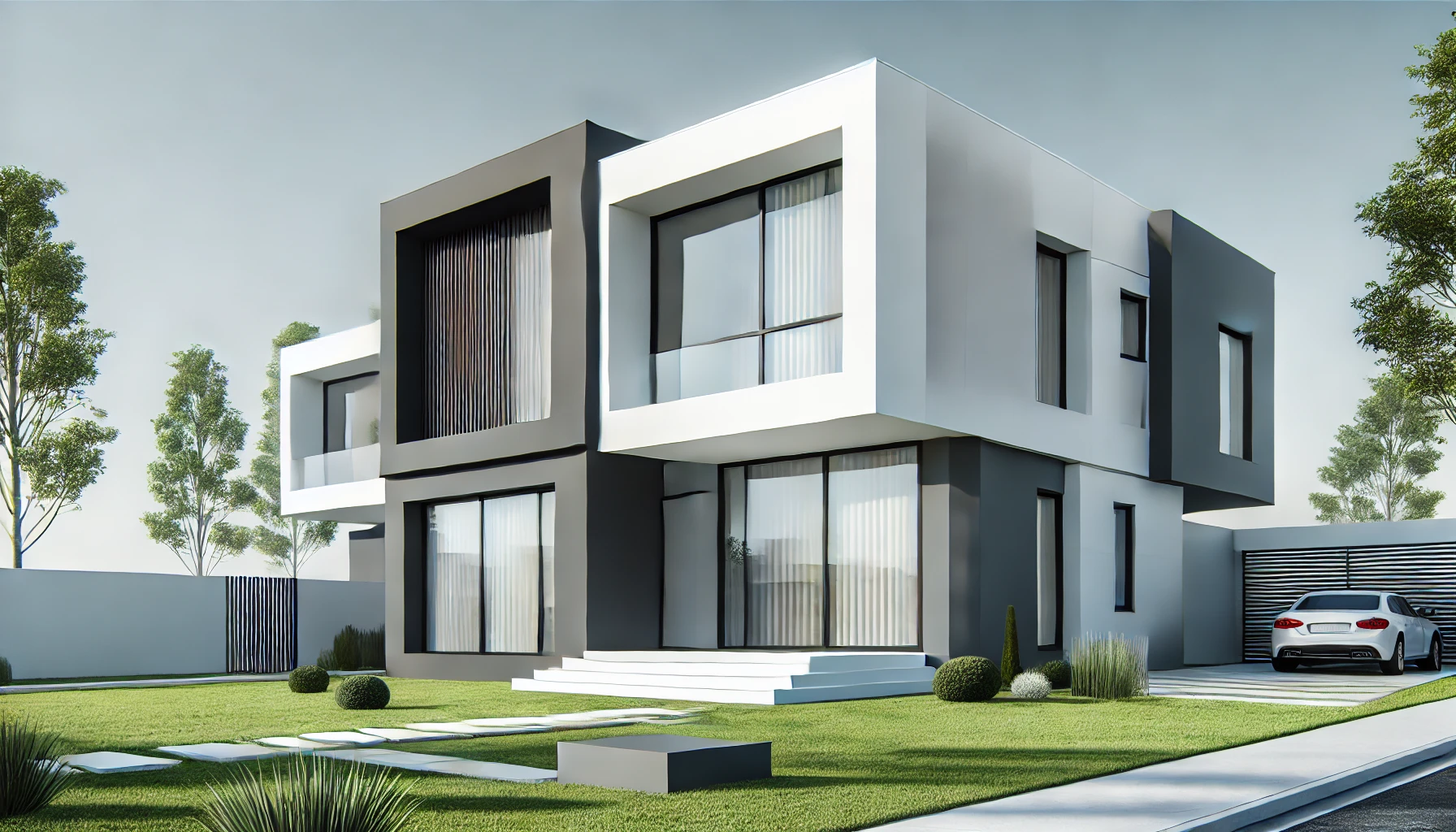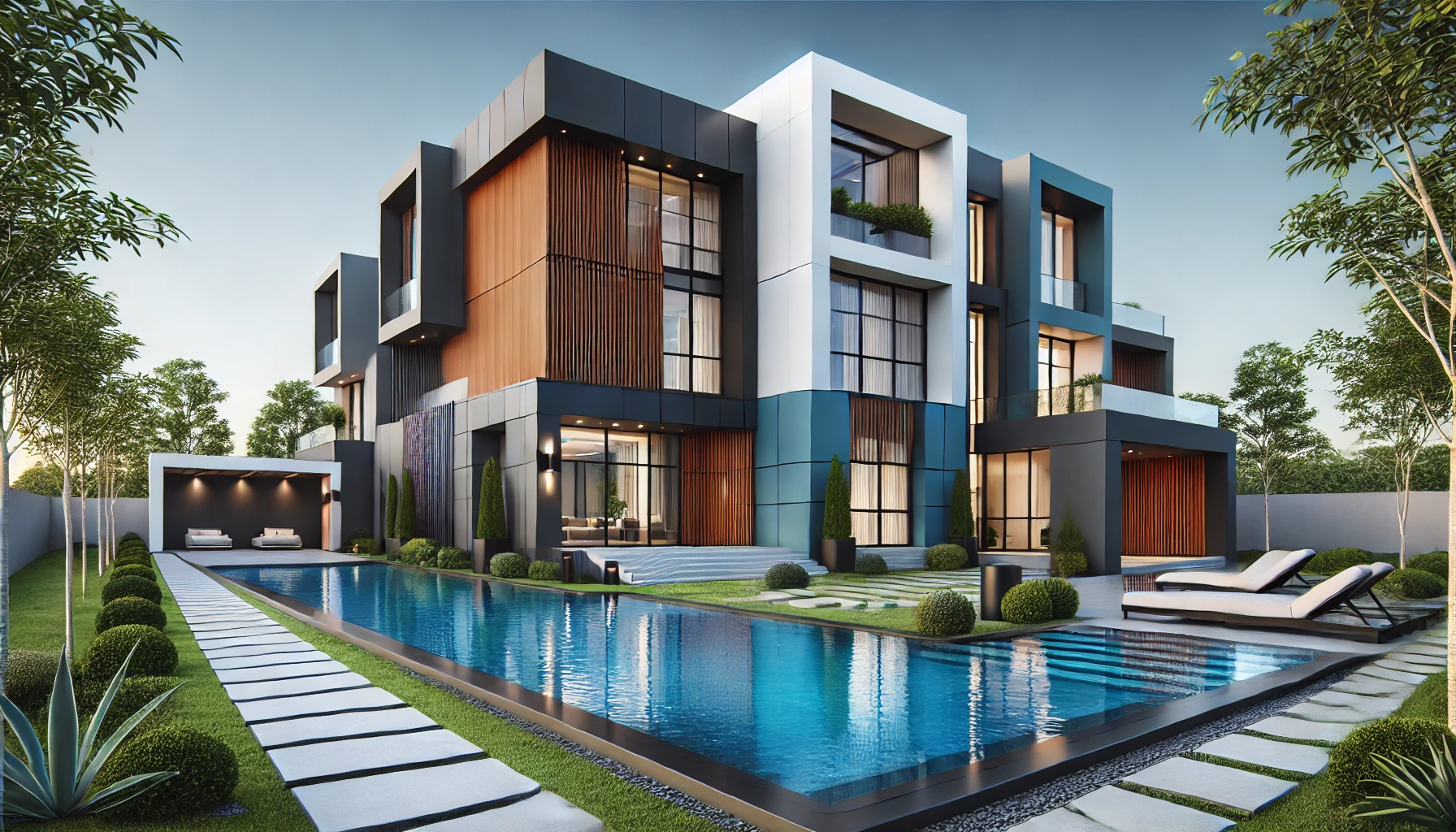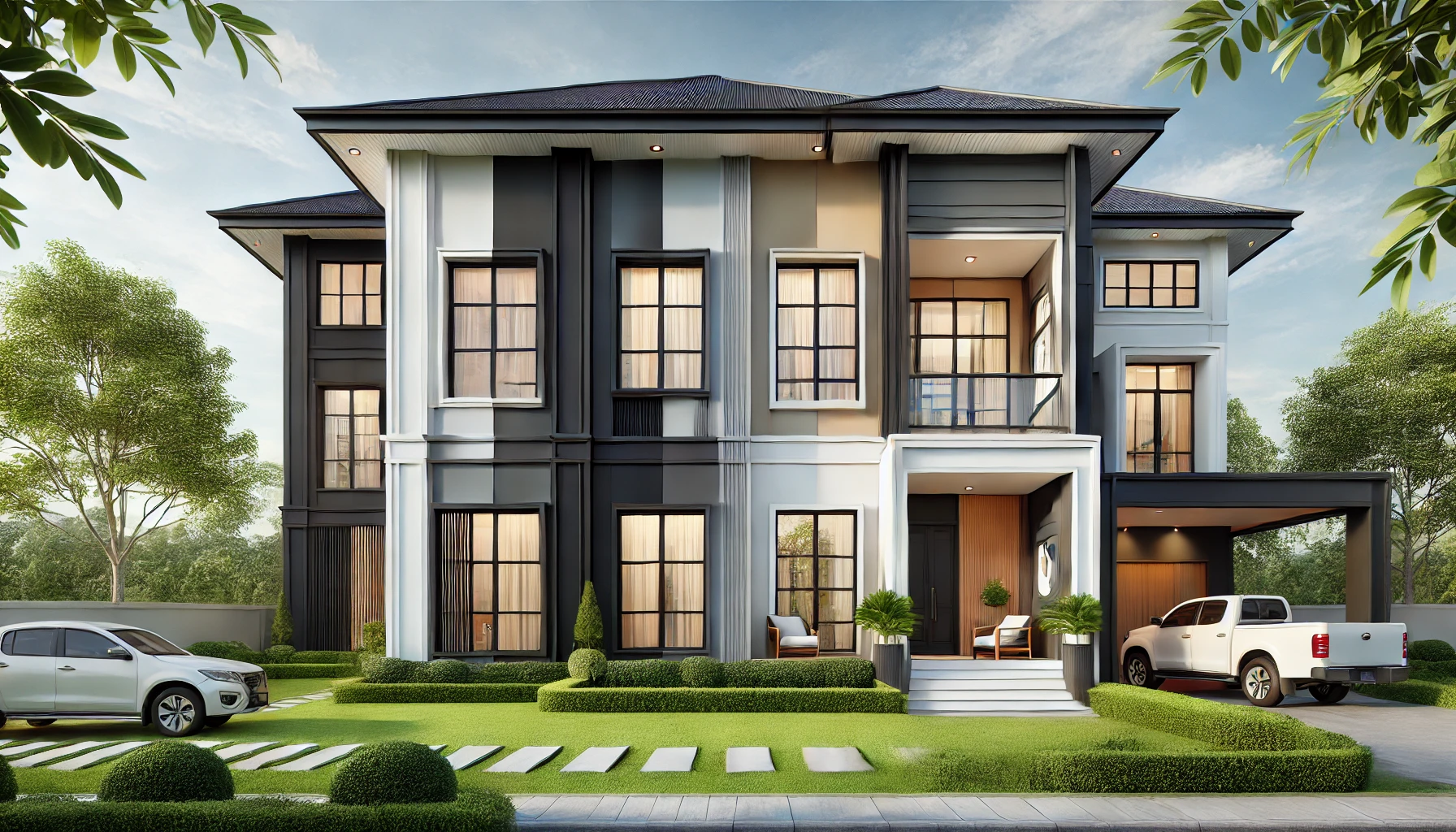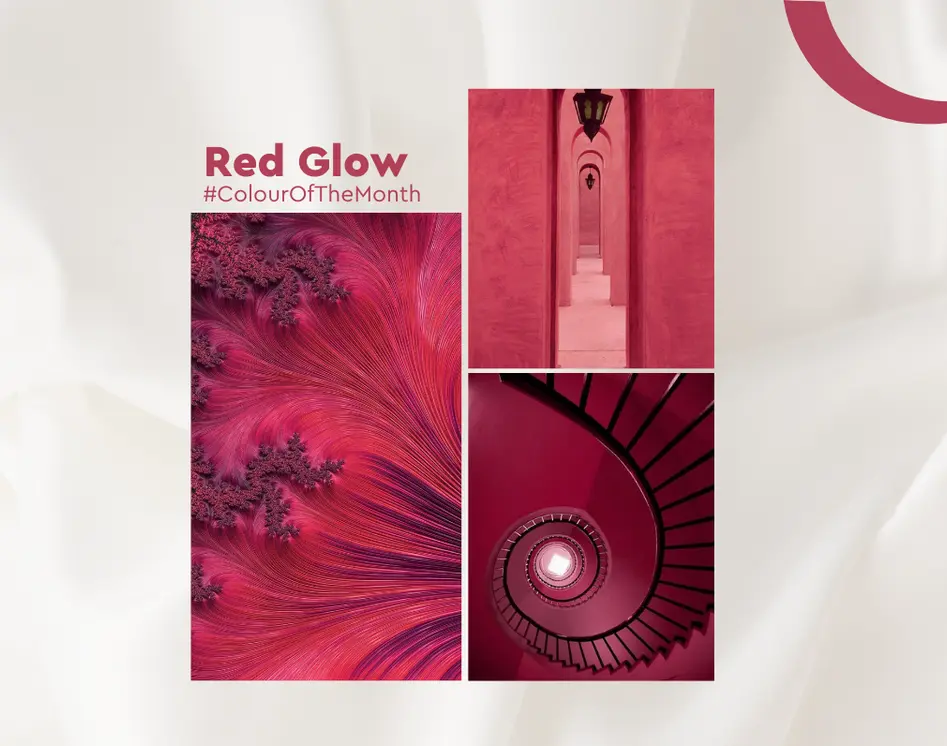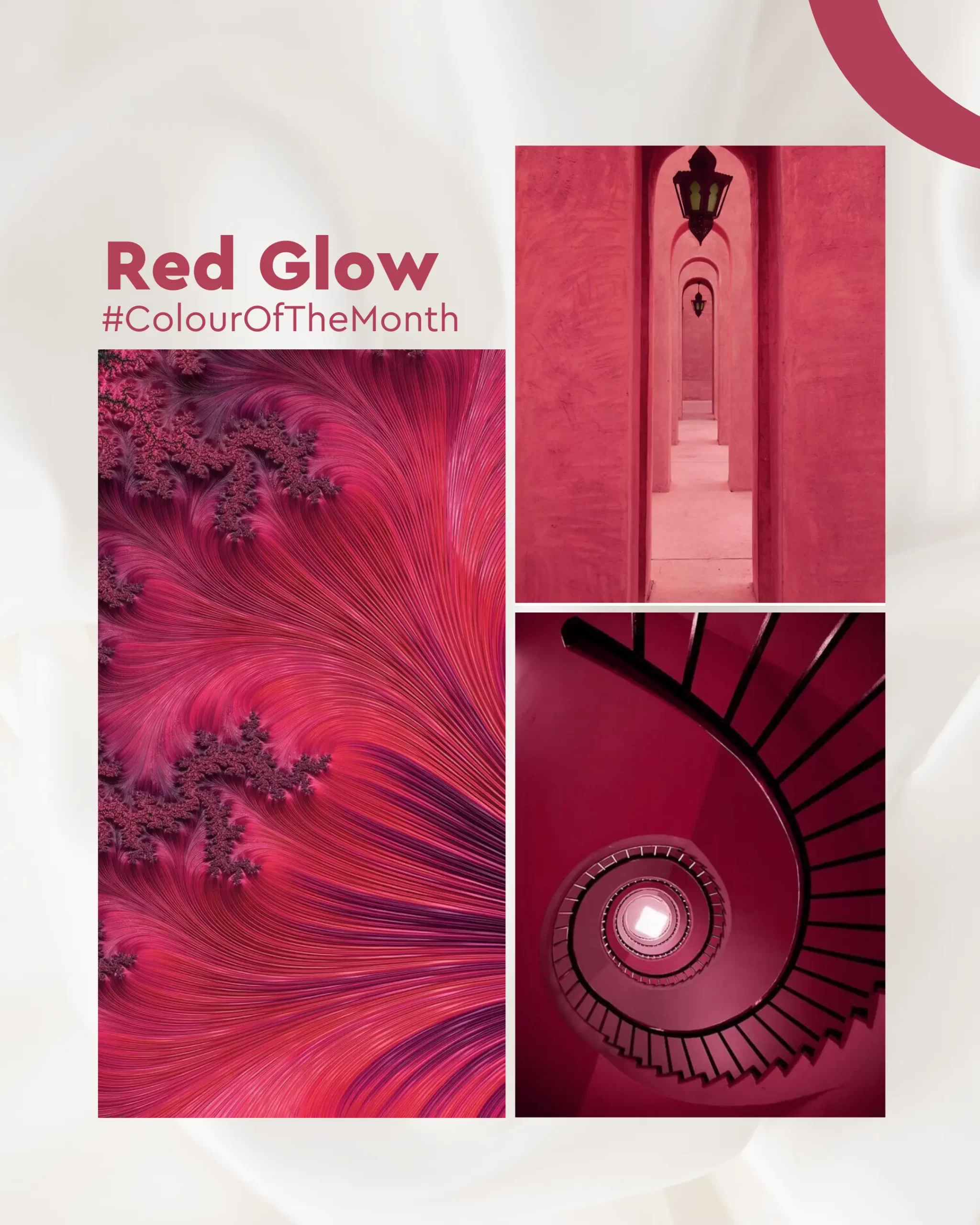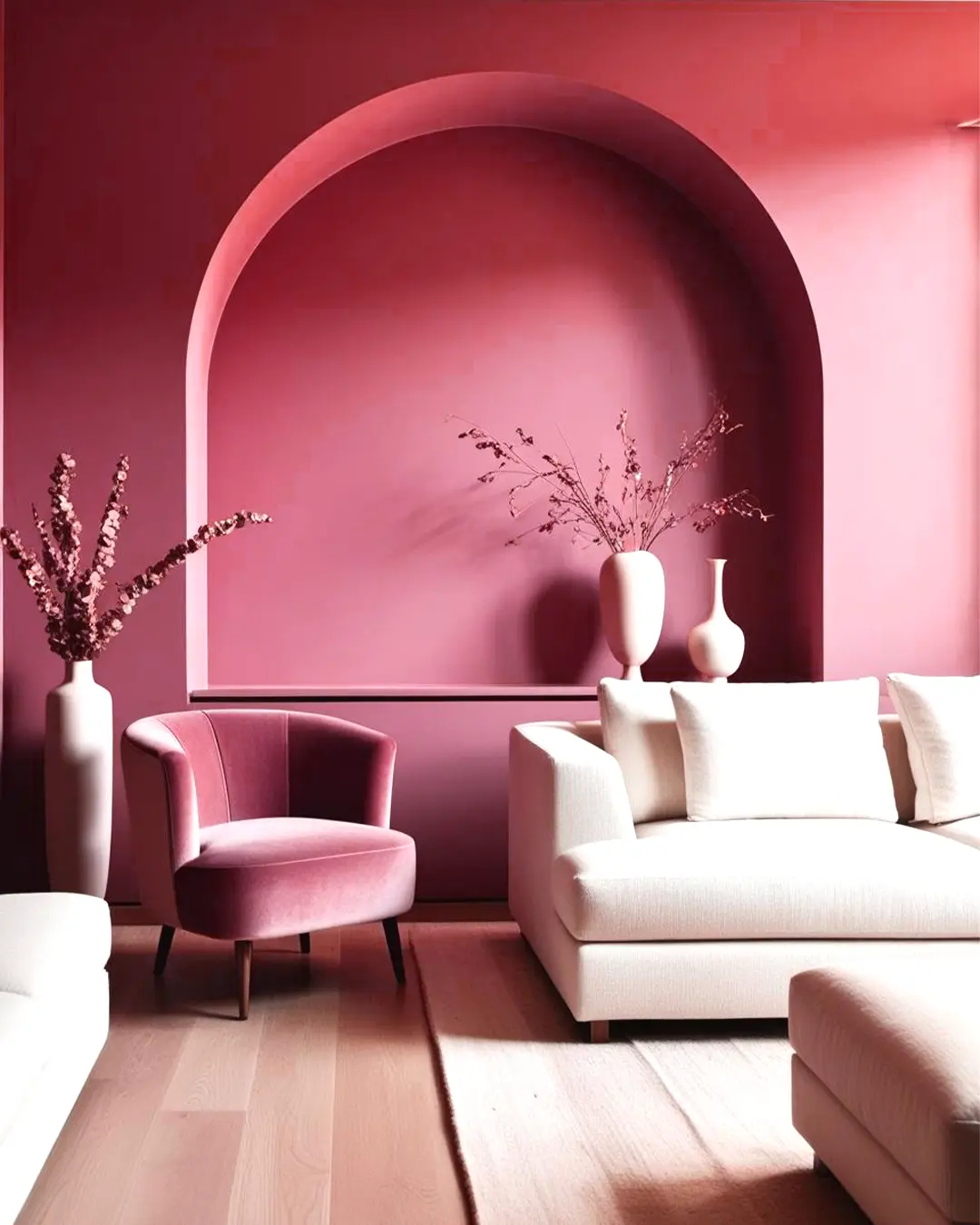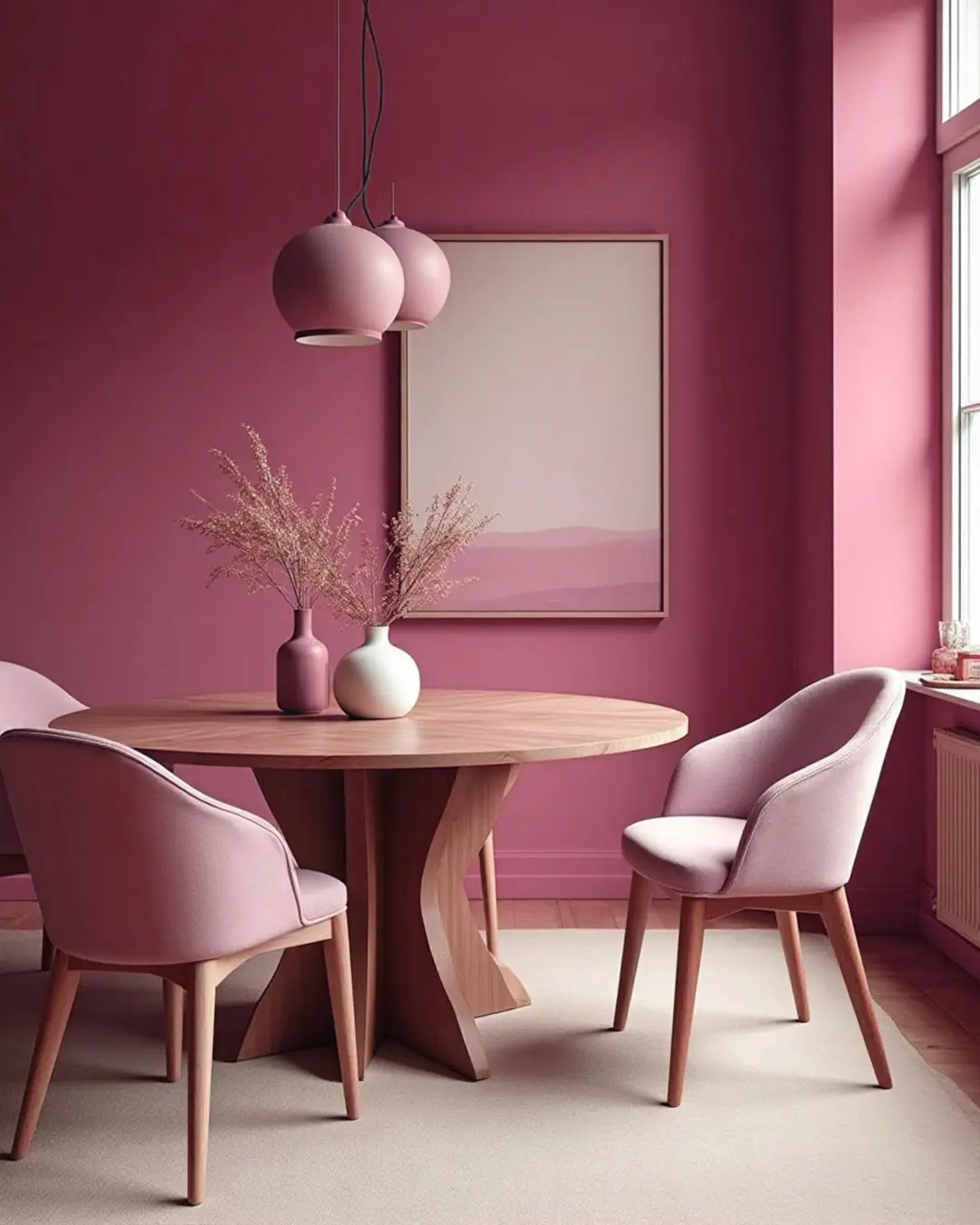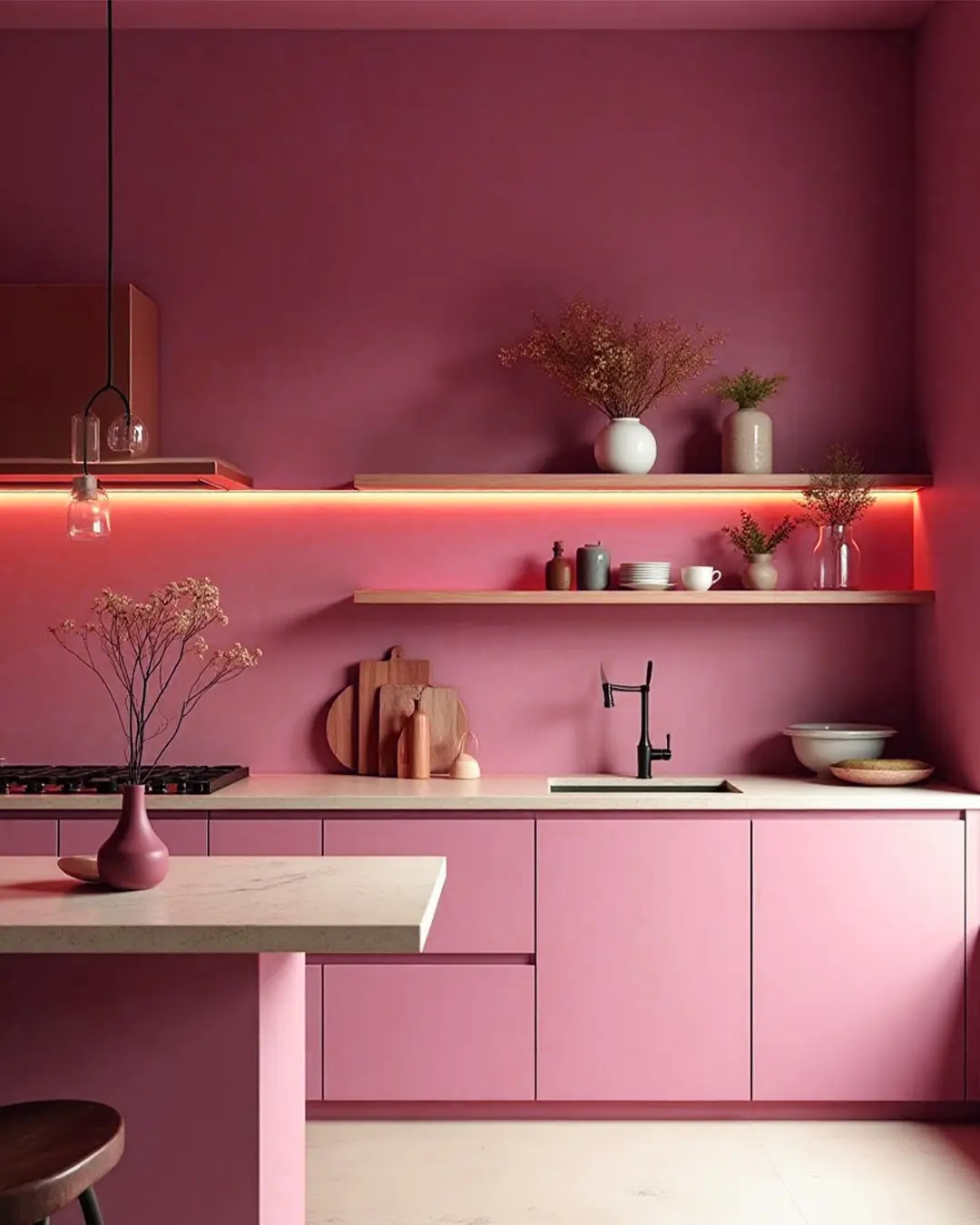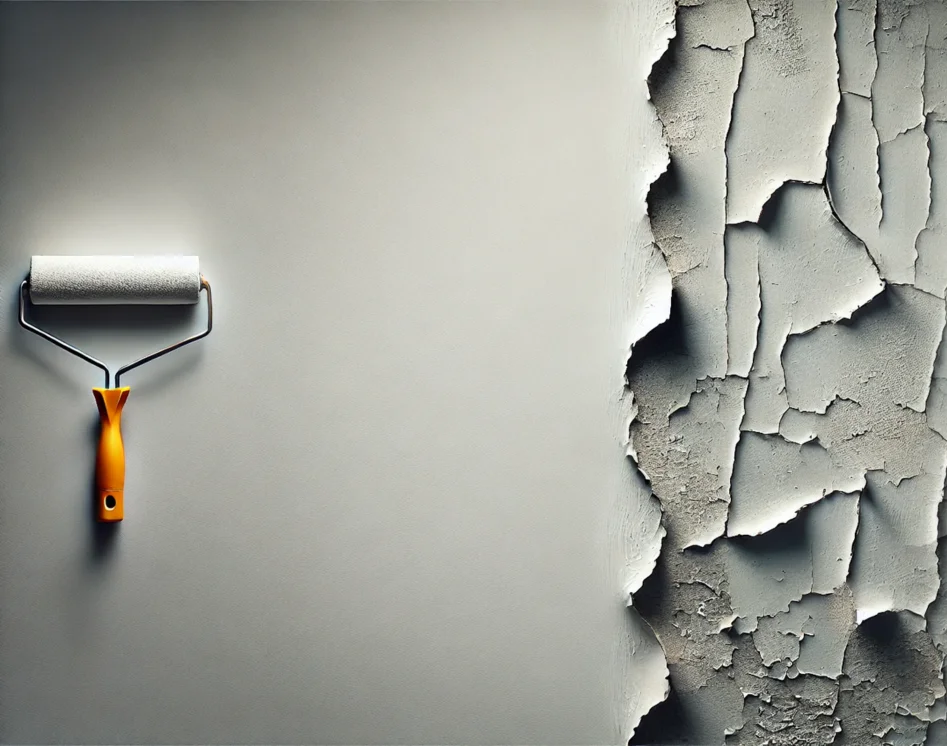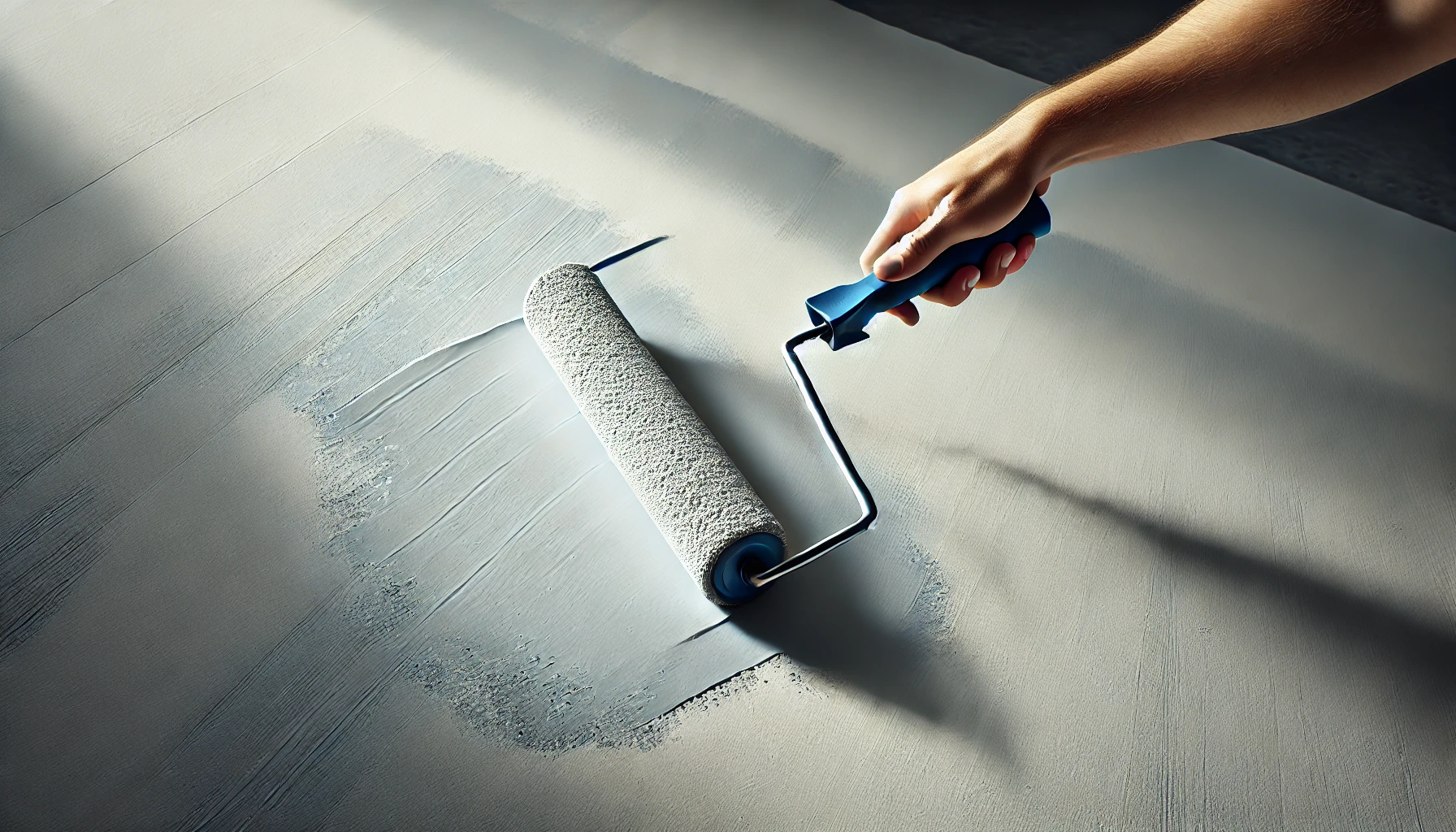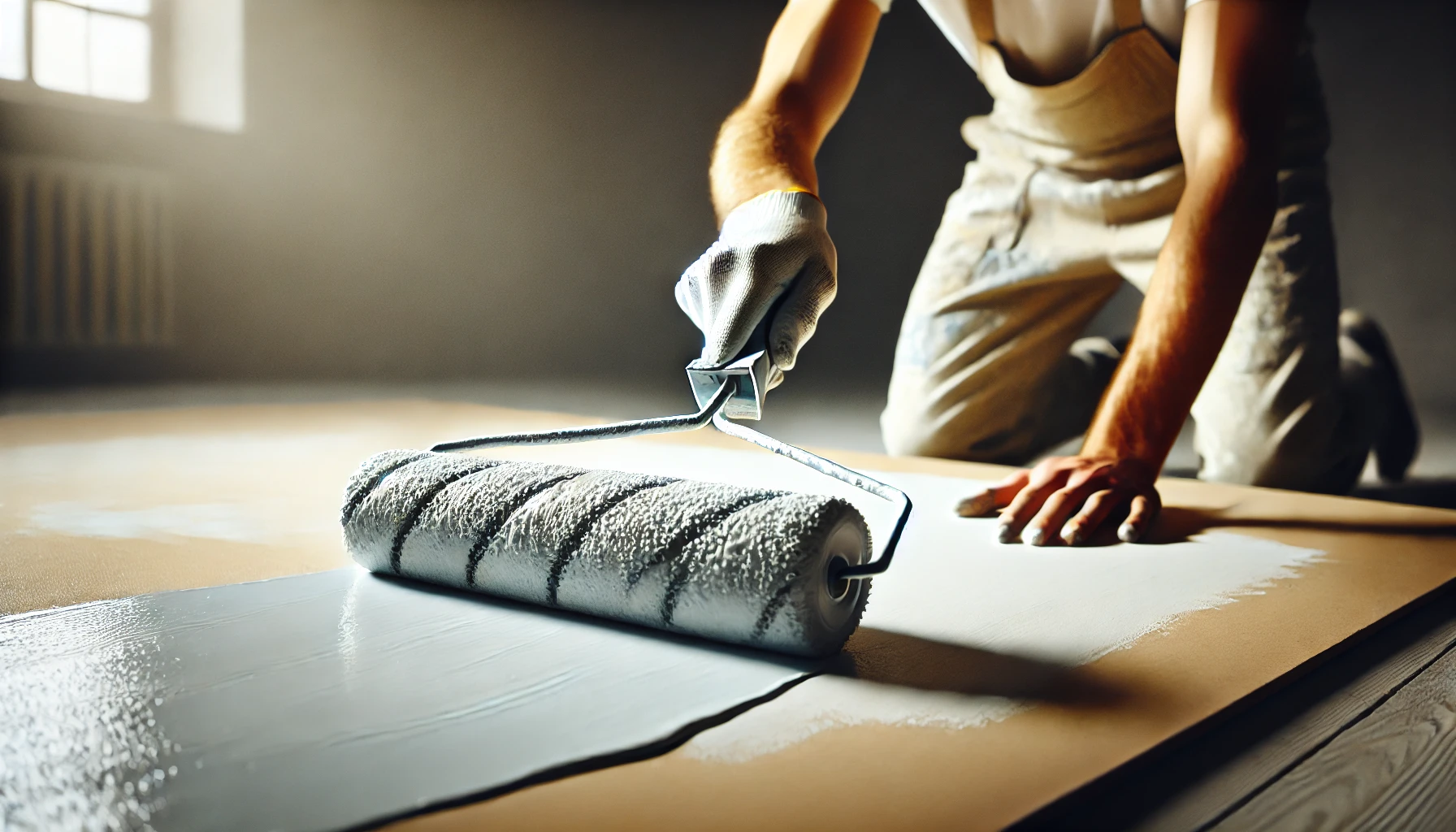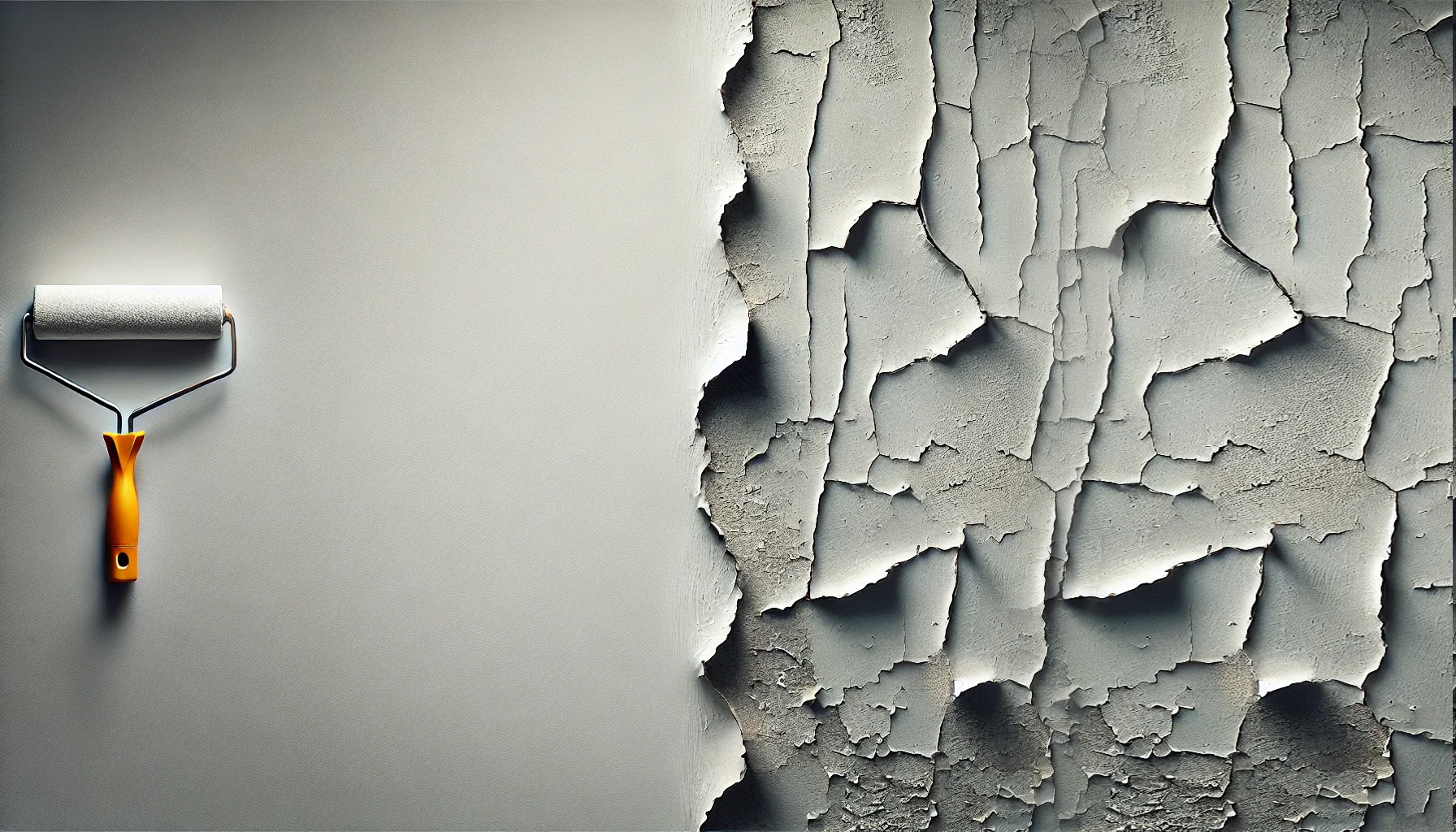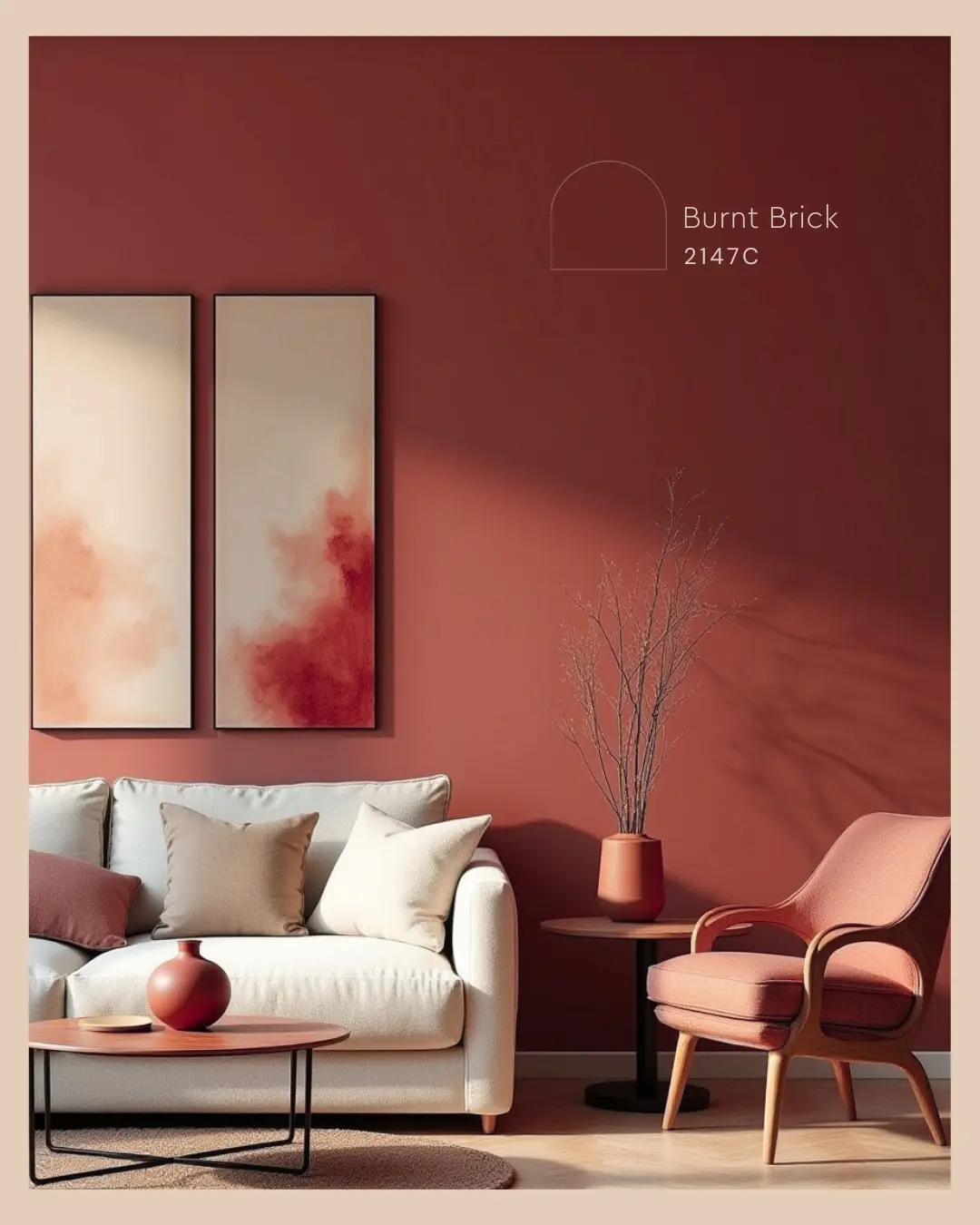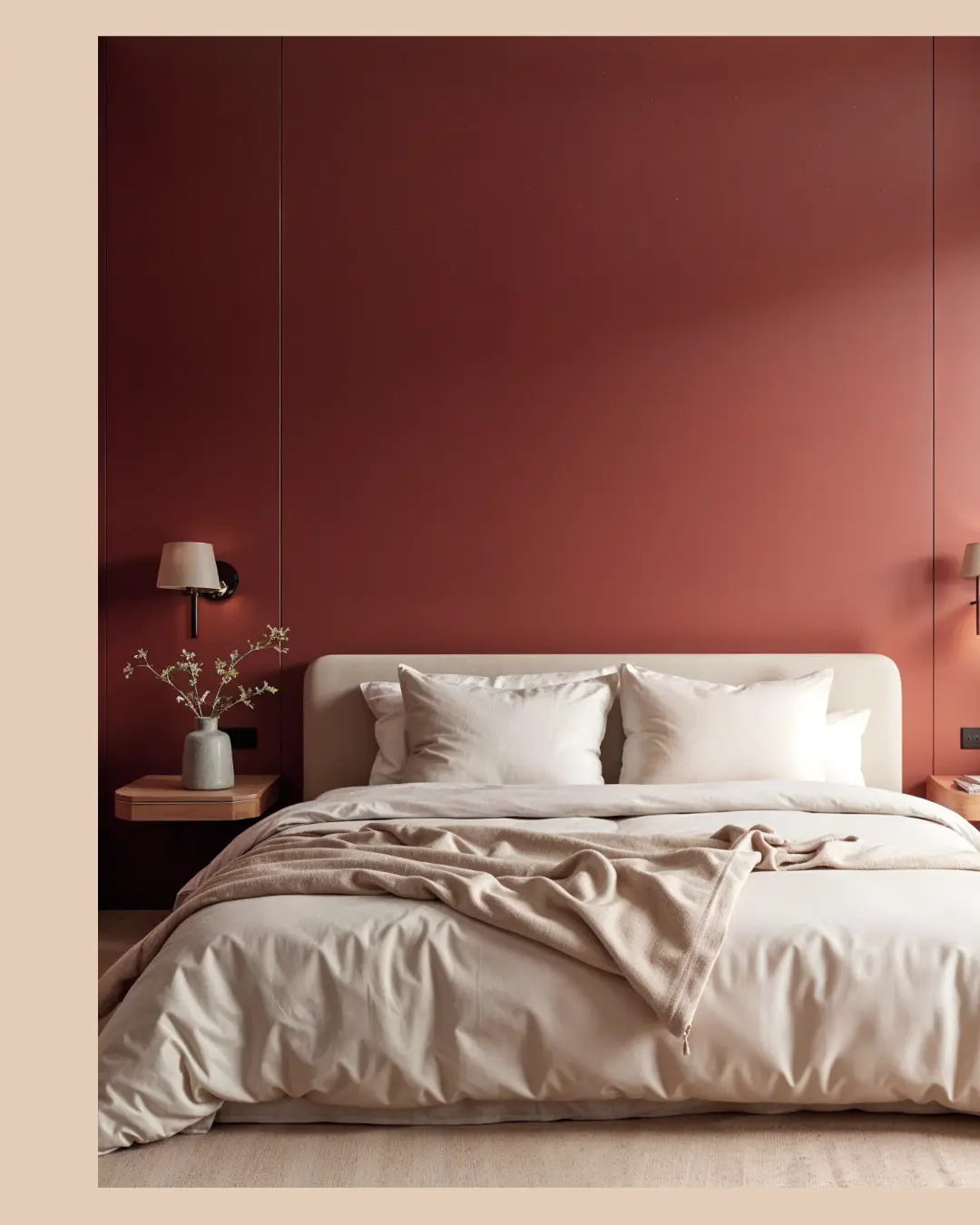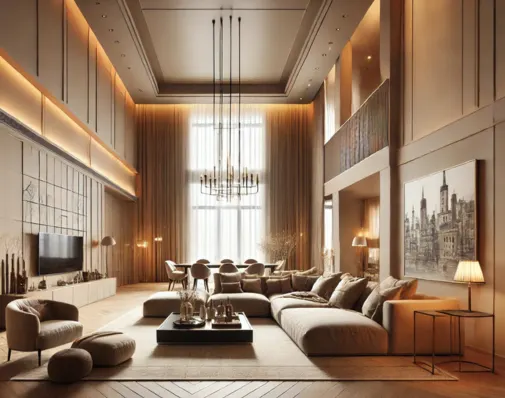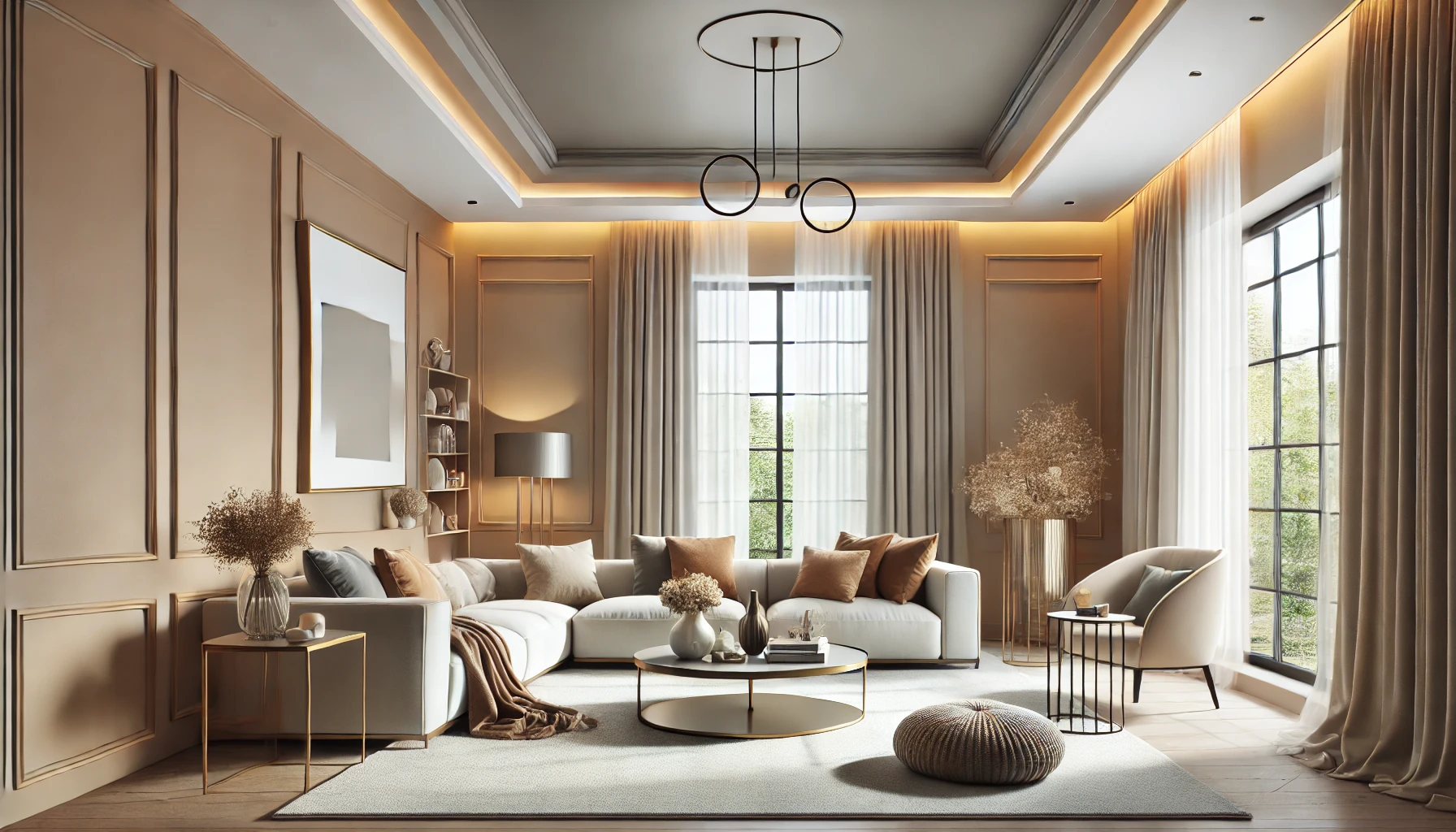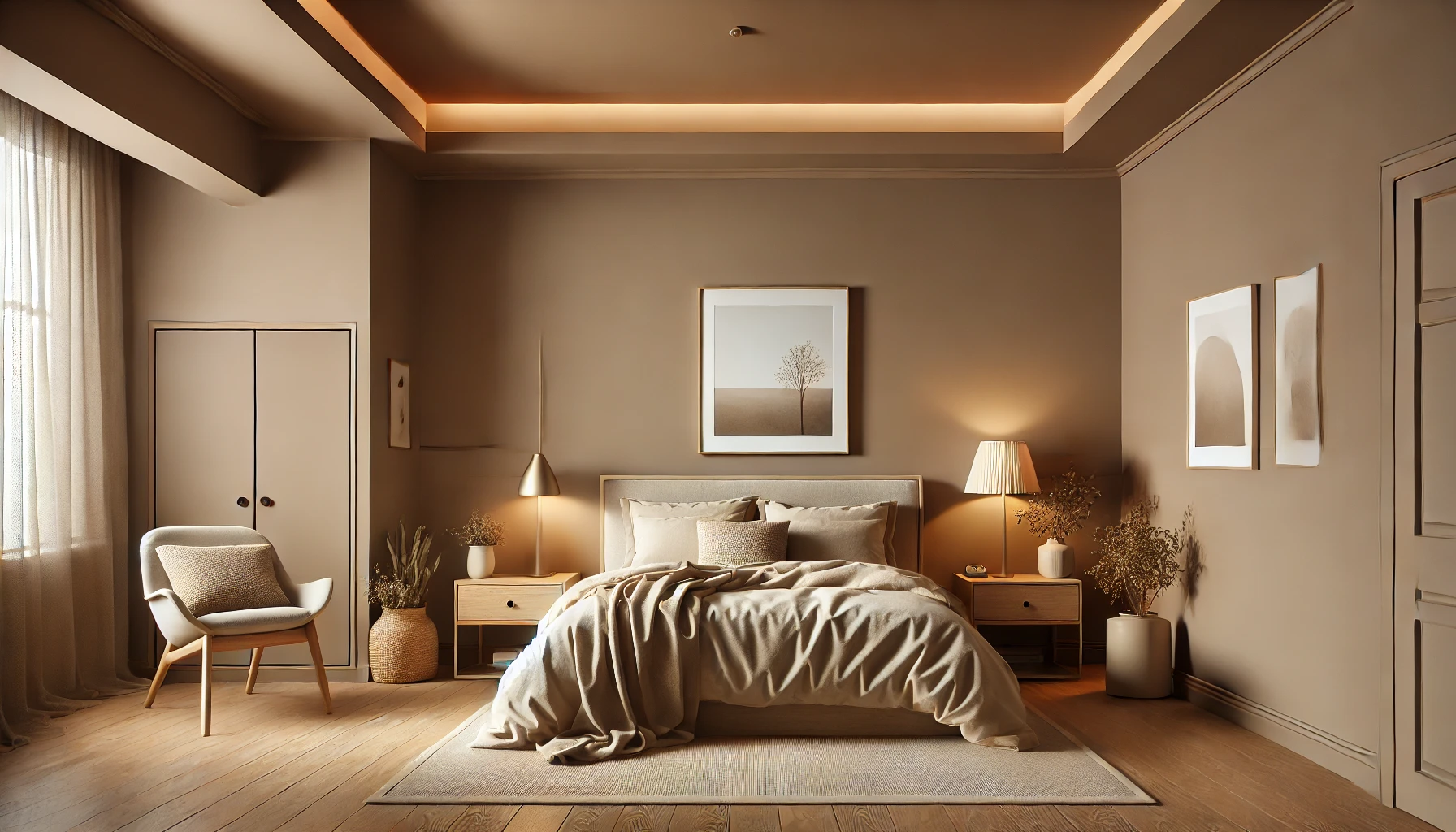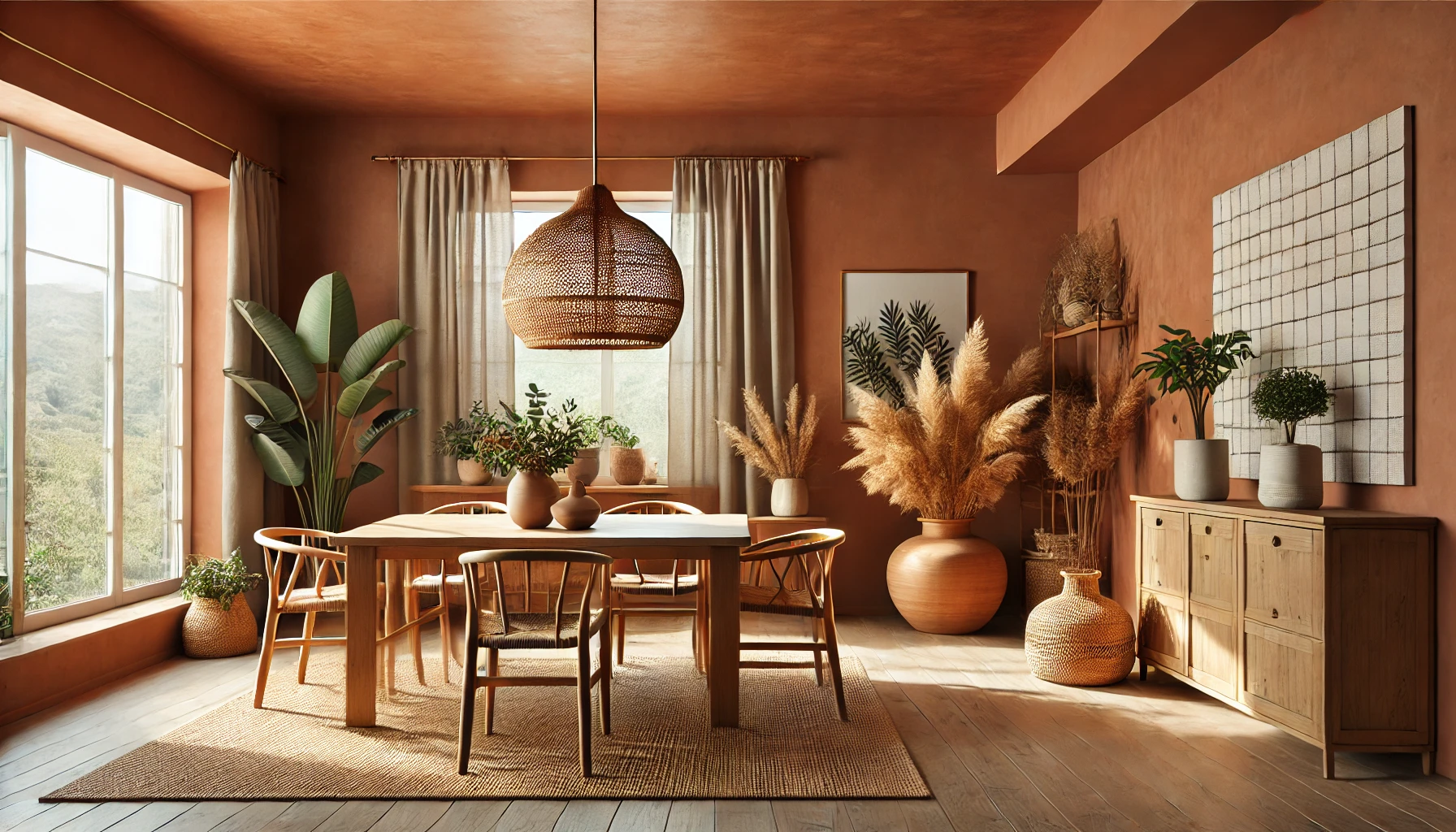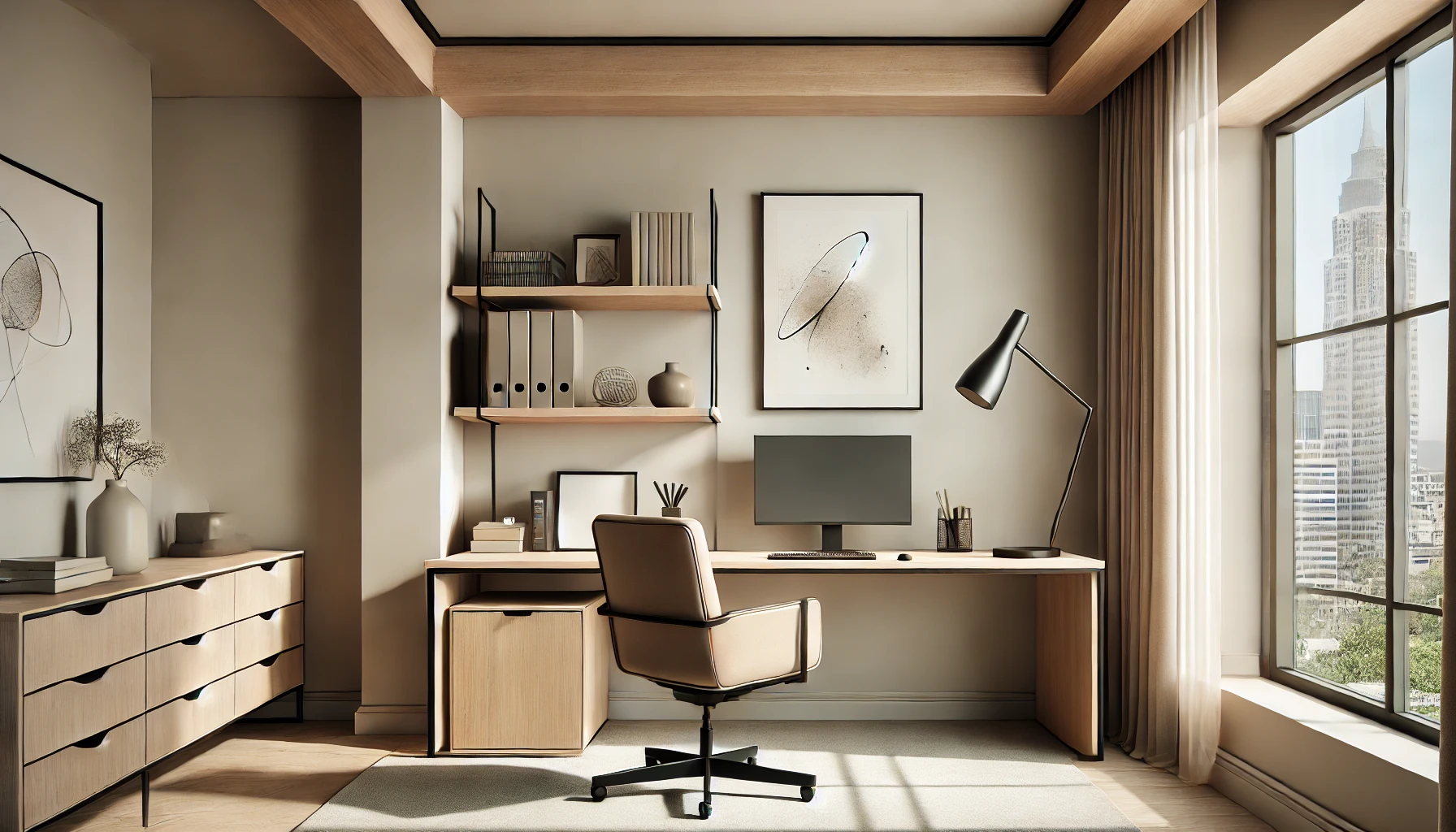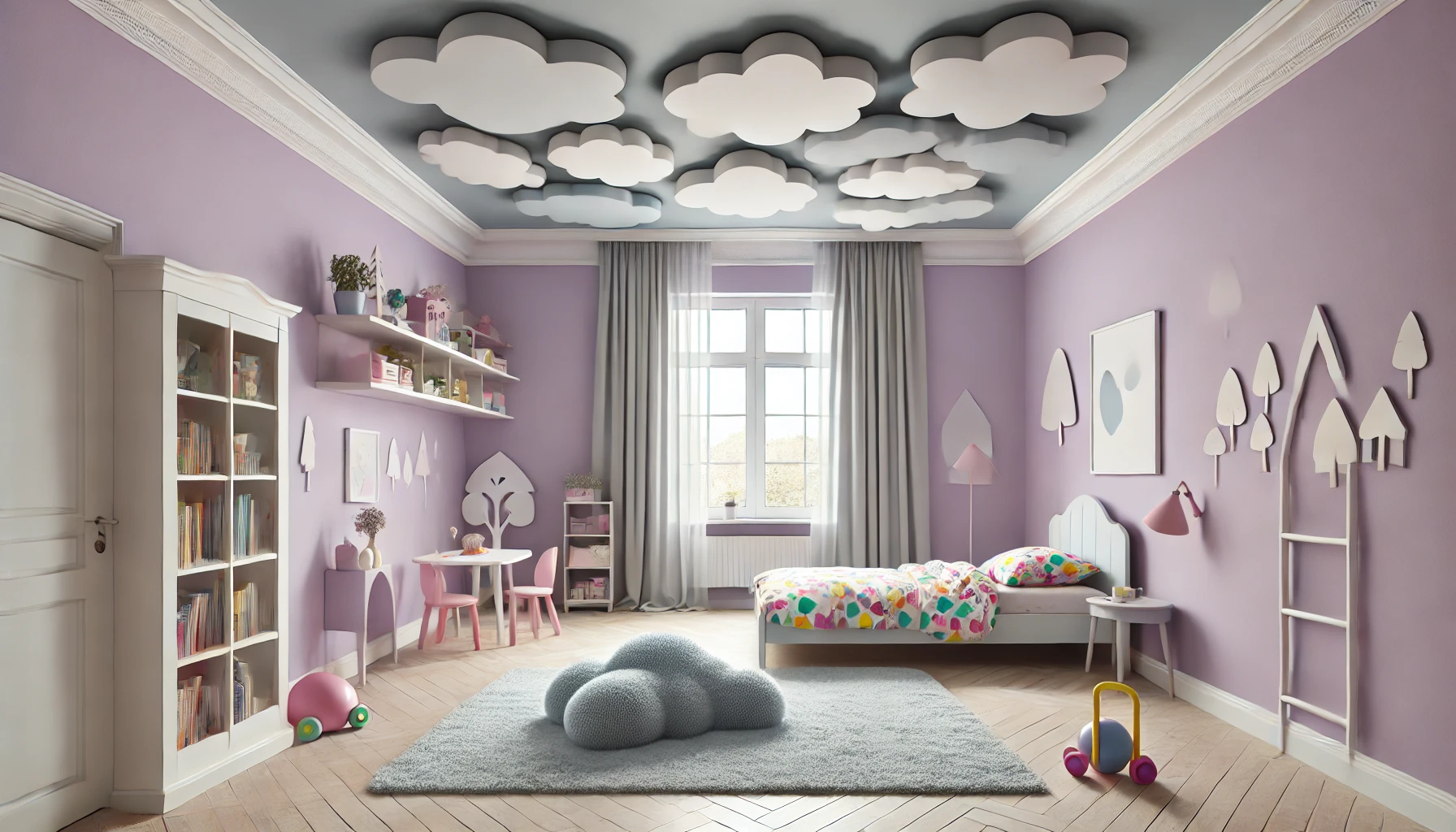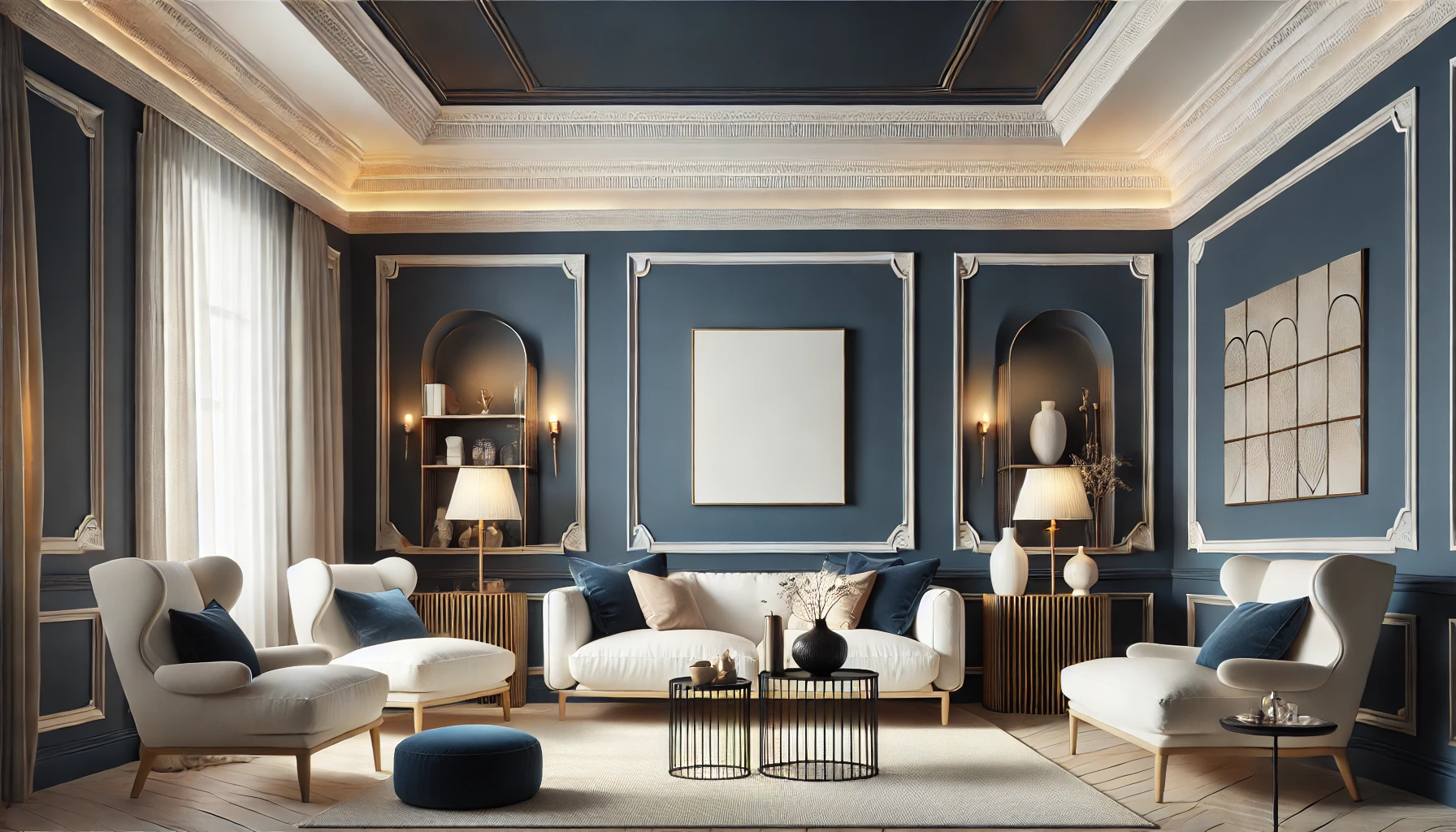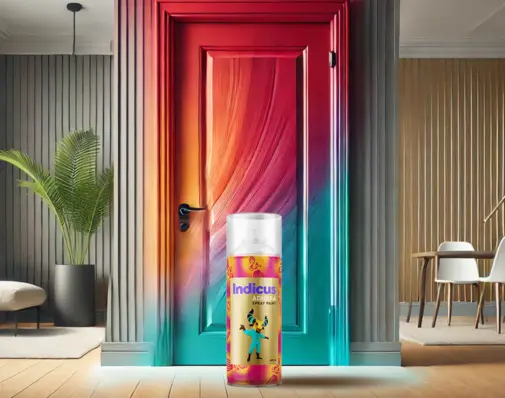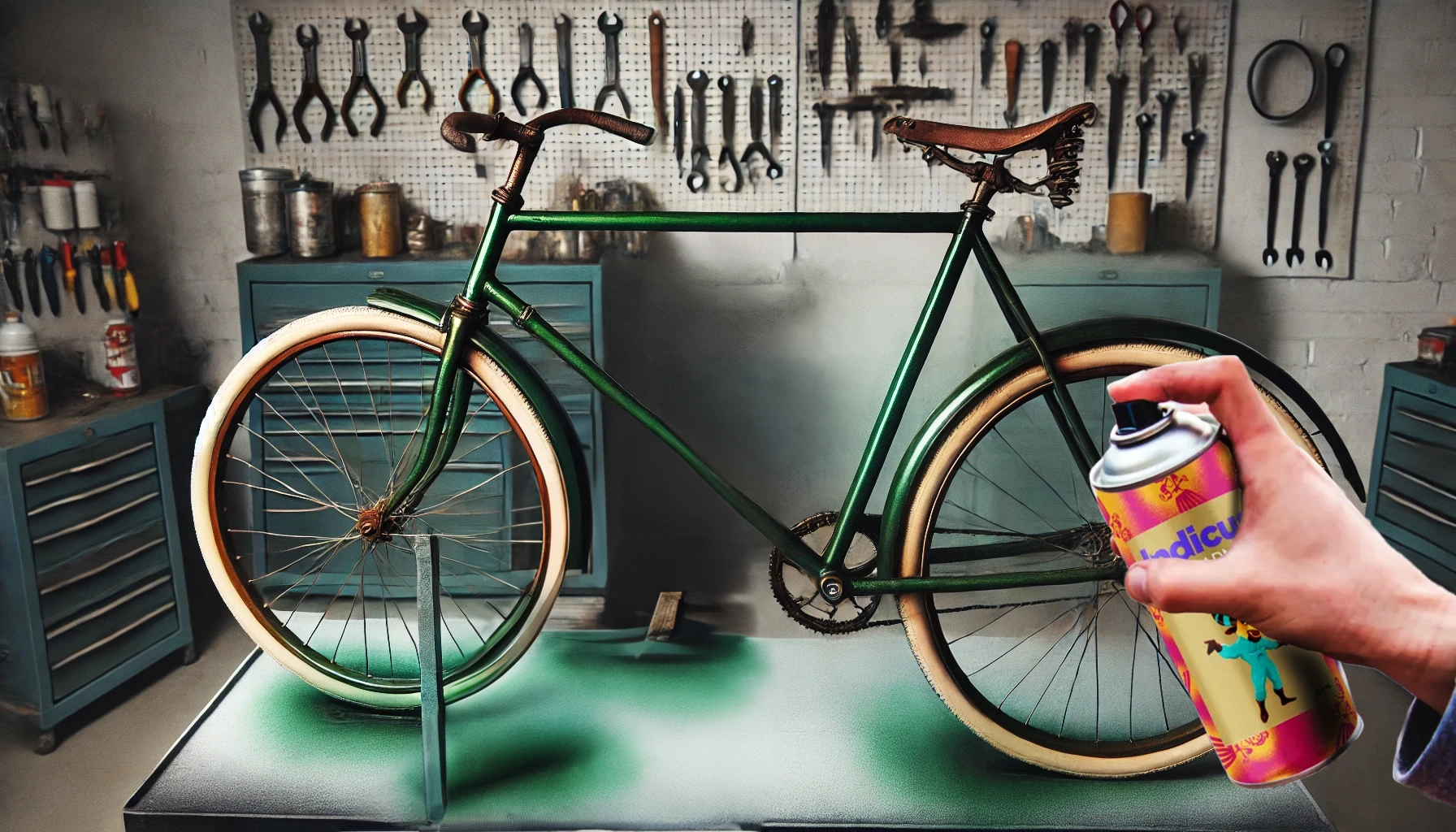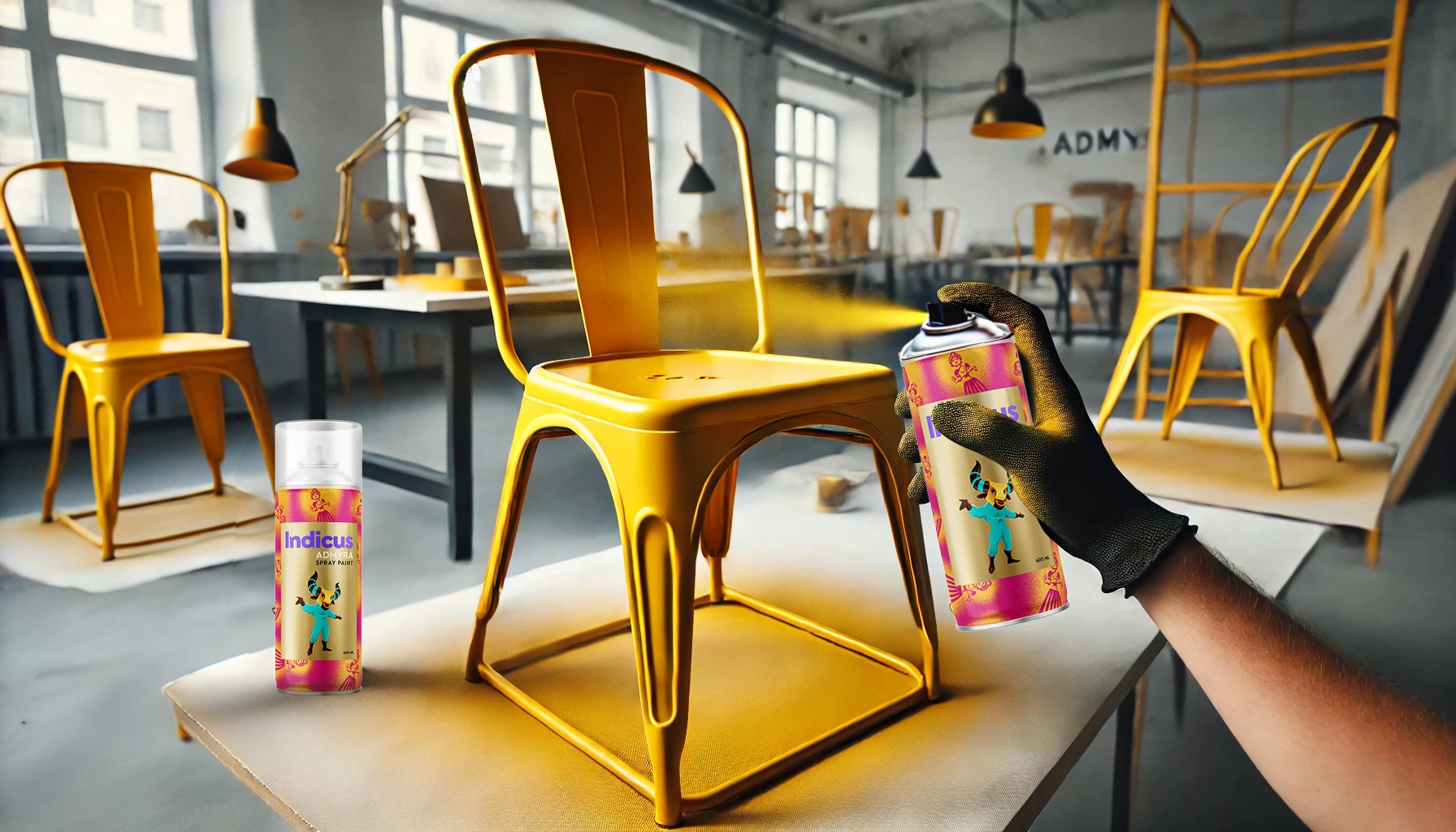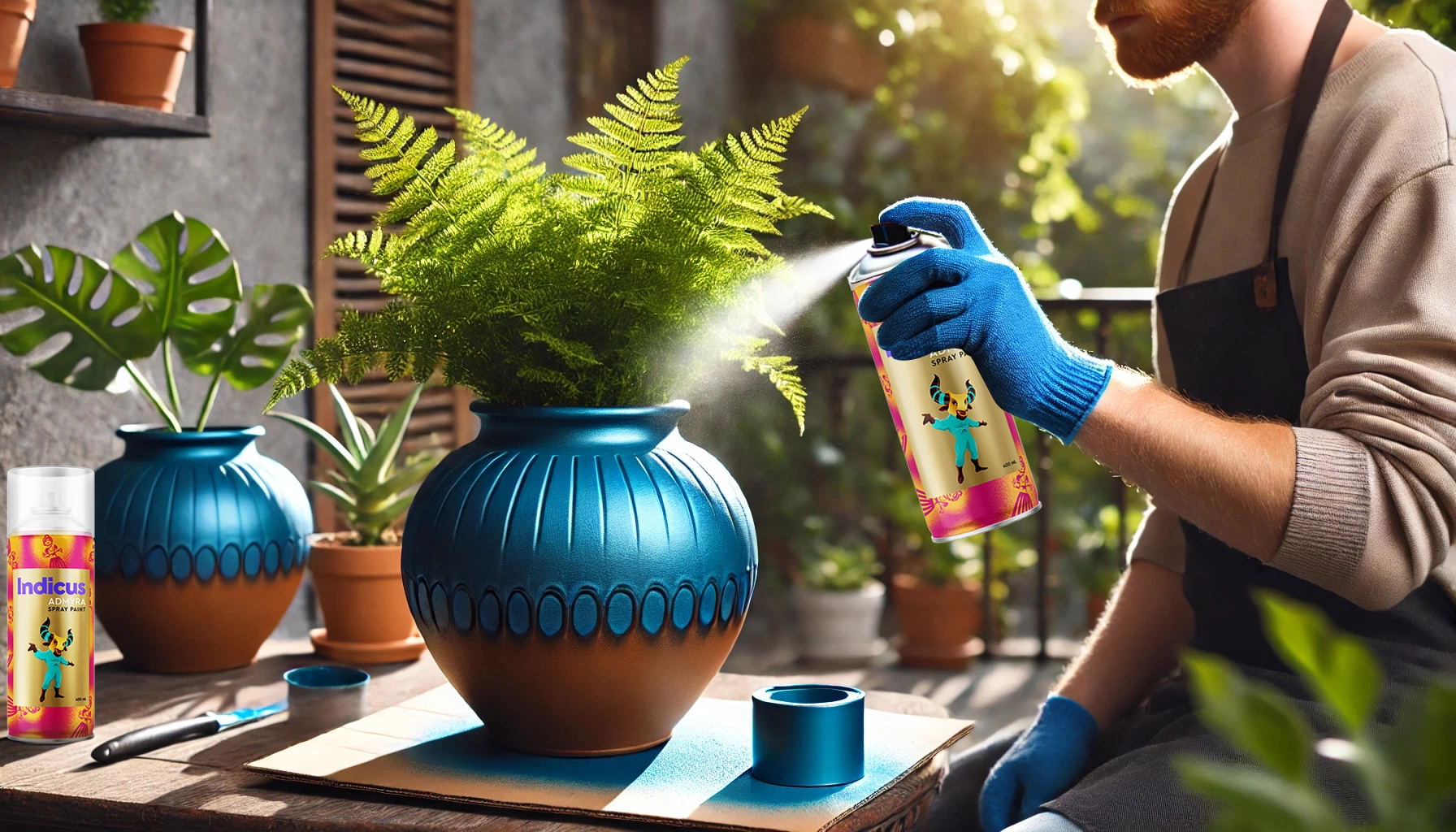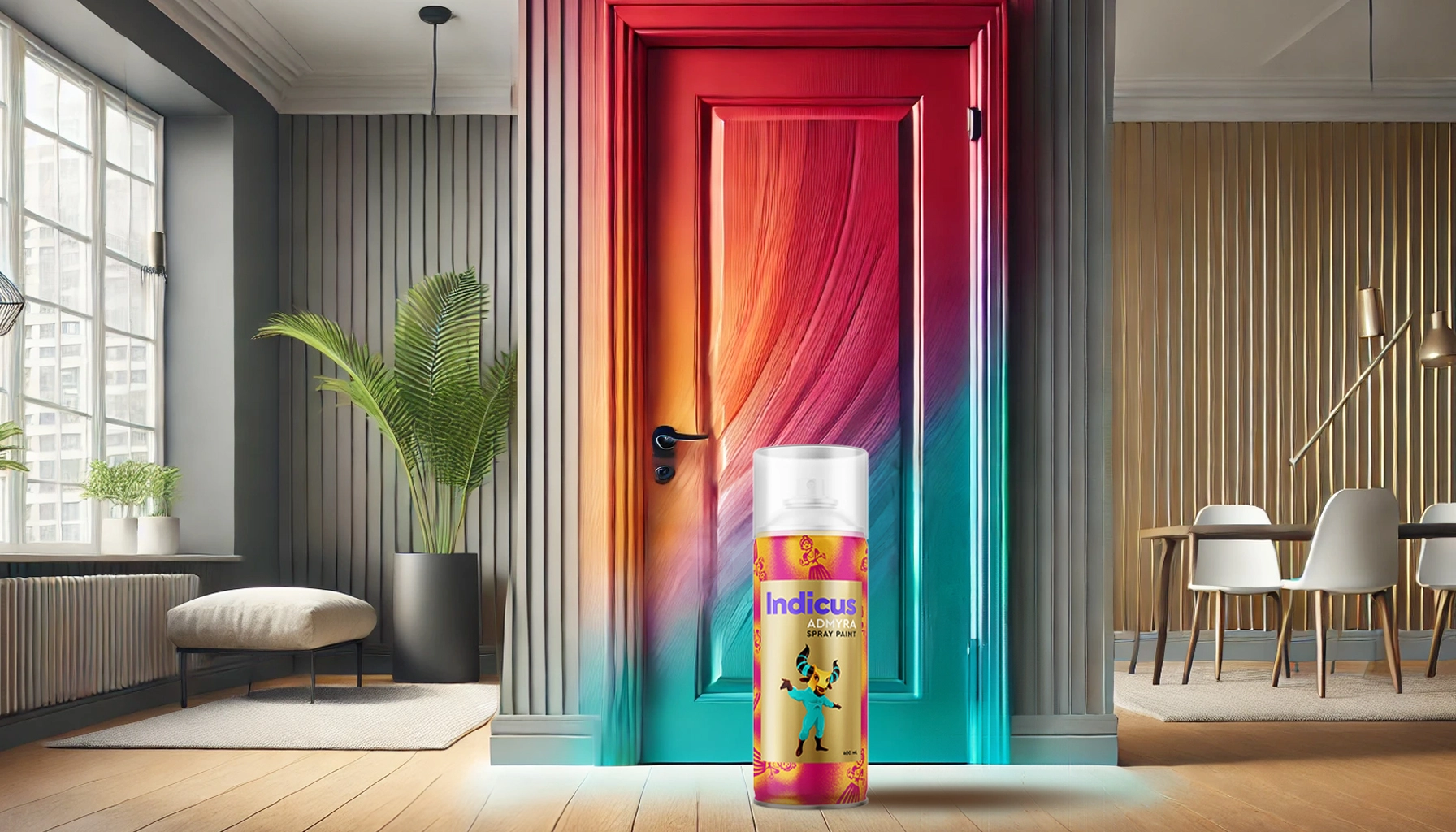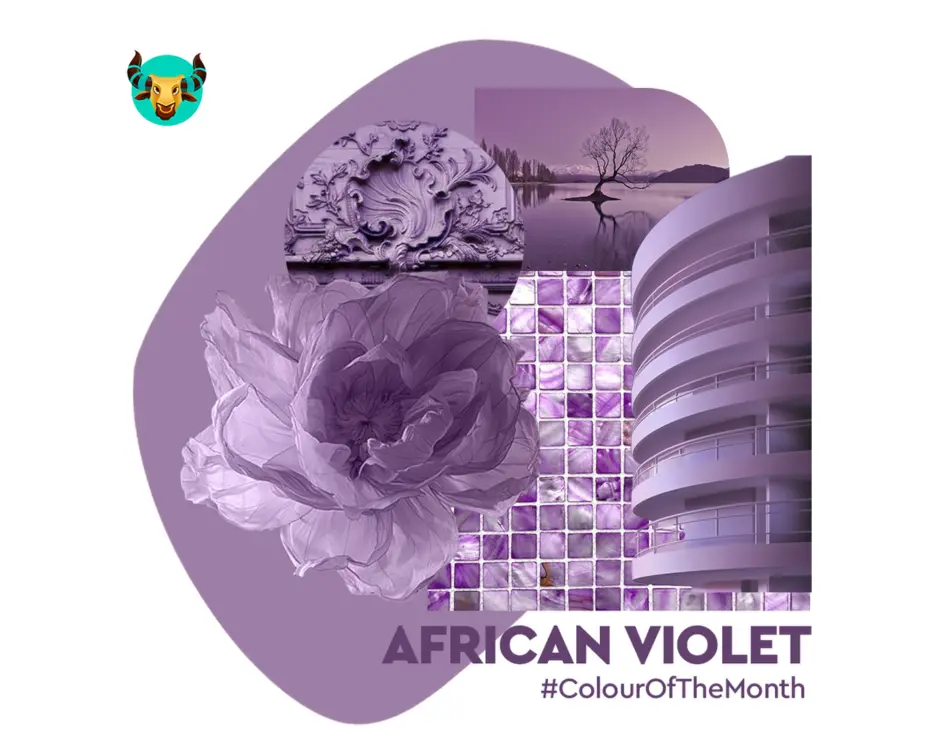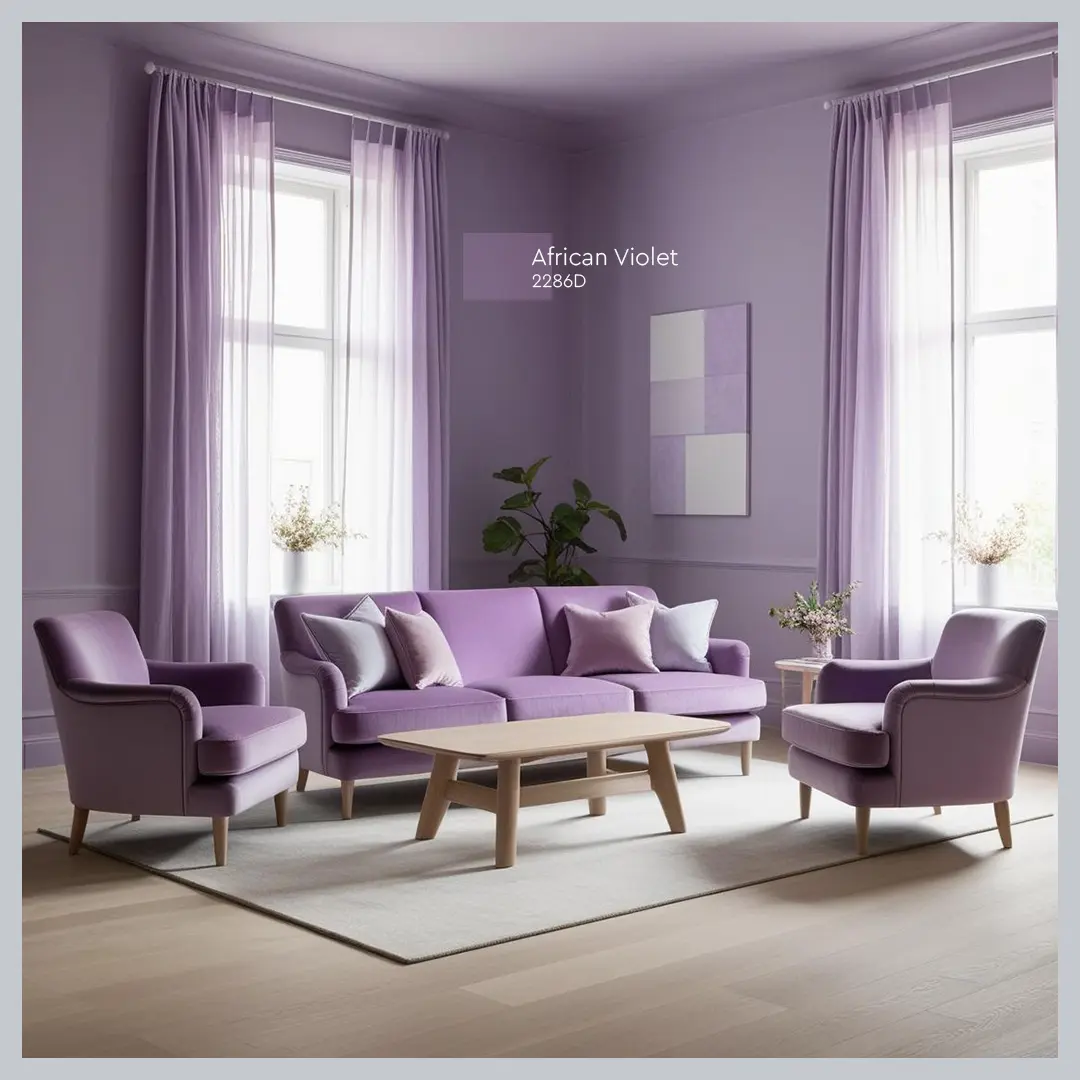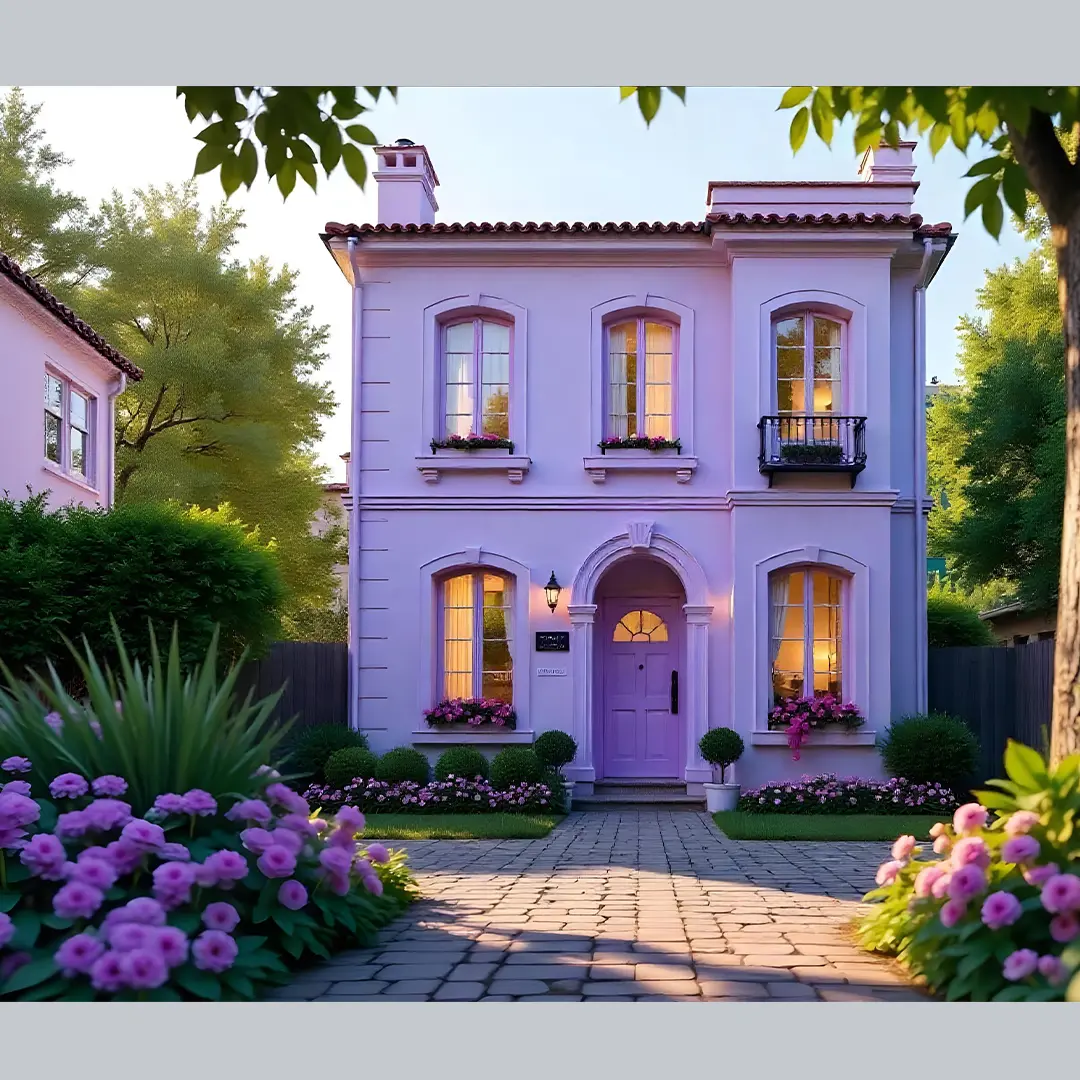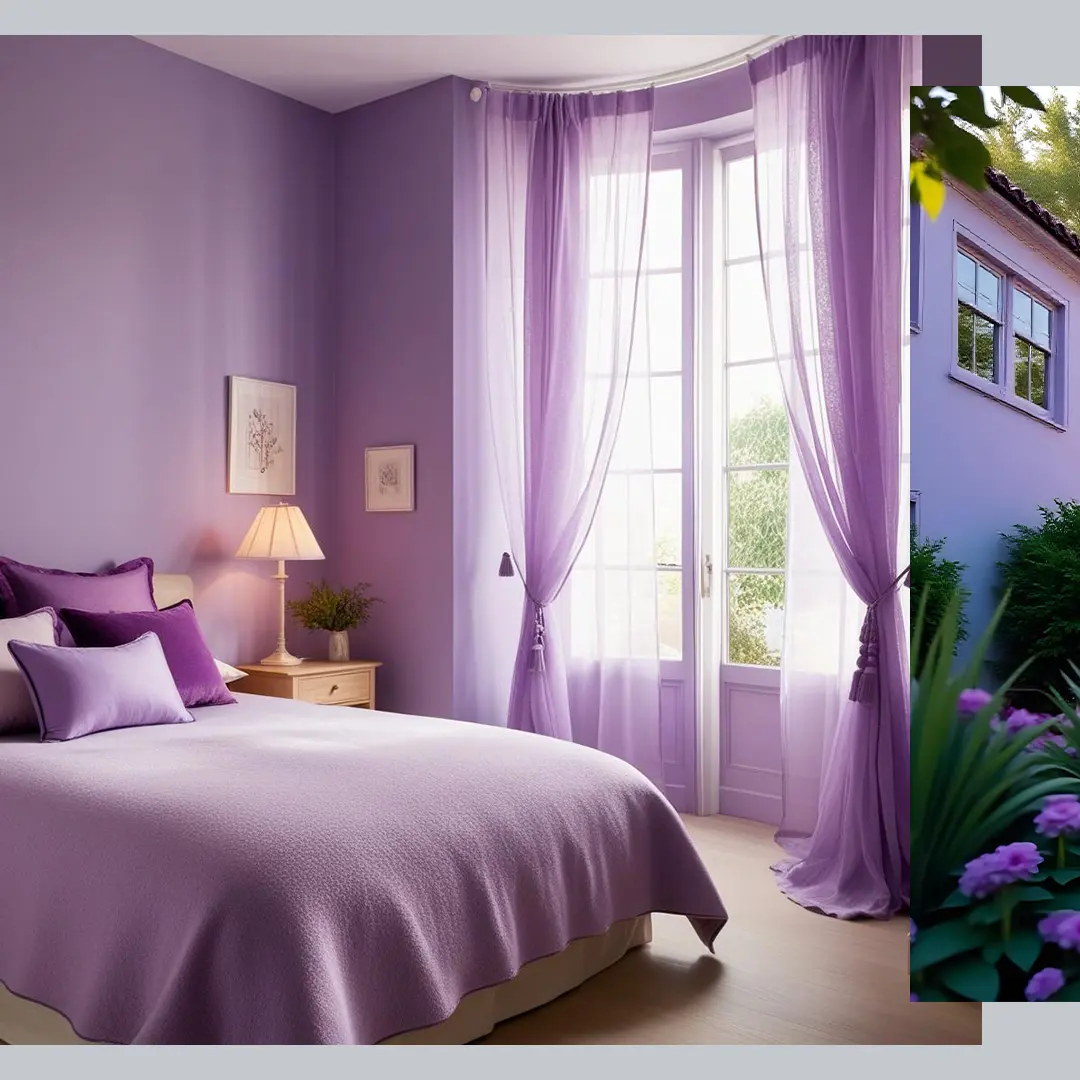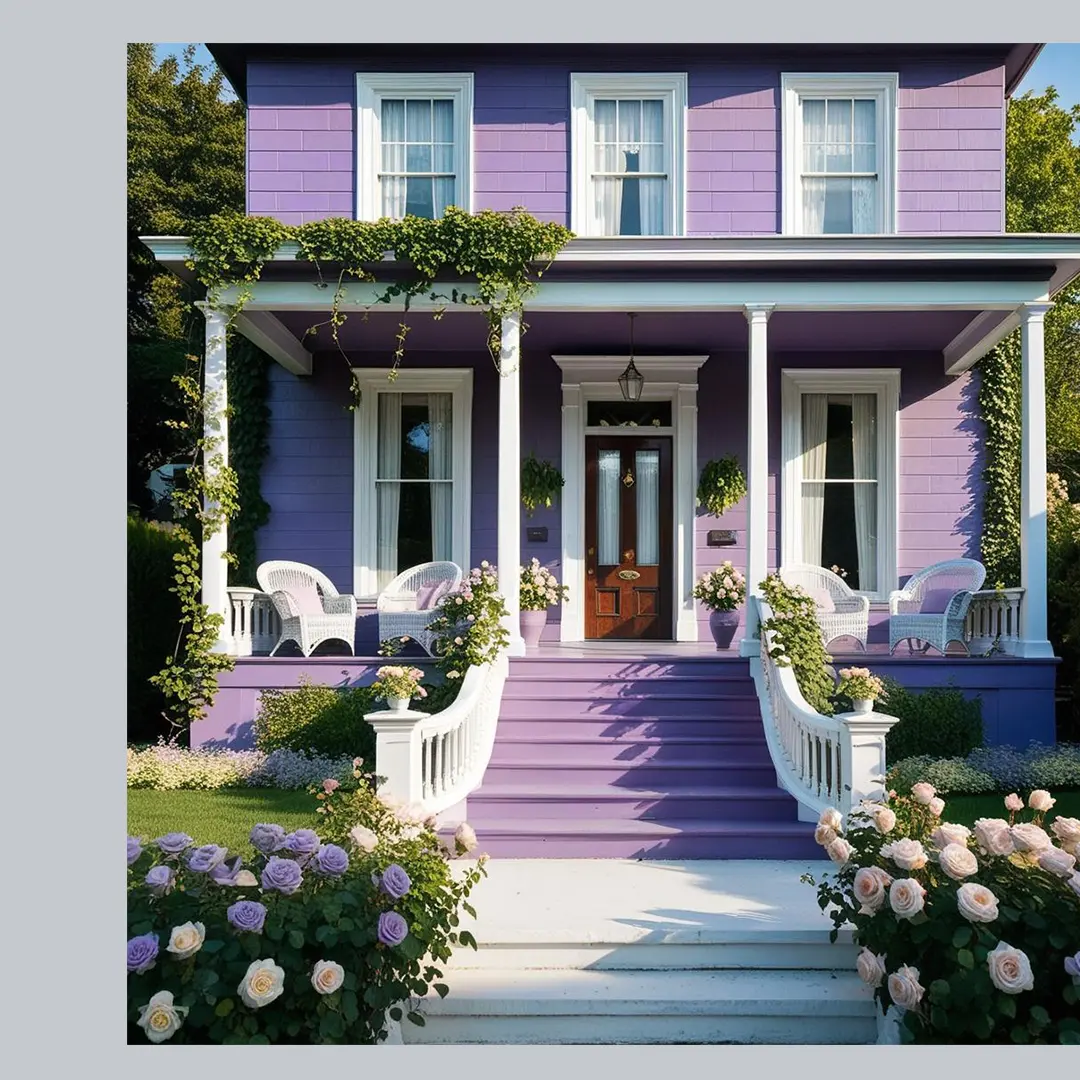Benefits of Heat Reflective Coatings for Long-Lasting Building Protection
Protecting buildings from the relentless forces of nature is a constant challenge. From extreme heat to heavy rainfall, environmental factors can compromise structural integrity and lead to skyrocketing energy costs. Heat reflective coatings offer an innovative solution, combining thermal insulation, durability, and sustainability in a single layer of protection.
But what exactly are heat reflective coatings, and why are they becoming a go-to option for building protection? This guide delves into the benefits, applications, and maintenance of heat reflective coatings, offering insights into how they safeguard your property while reducing environmental impact.
1. What Are Heat Reflective Coatings?
Heat reflective coatings are advanced protective layers specifically designed to shield buildings from extreme temperatures and water damage. Unlike traditional paints, they are engineered with unique thermal insulation properties that reflect sunlight and reduce heat absorption.
They are suitable for various surfaces, including concrete, exterior walls, terrace and asbestos sheets making them versatile for residential, commercial, and industrial applications.
Key Features:
- Reflect heat to maintain cooler indoor temperatures.
- Protect against UV radiation and water seepage.
- Enhance durability by preventing wear and tear on exterior surfaces.

2. Key Benefits of Heat Reflective Coatings
a. Thermal Insulation and Energy Efficiency
One of the standout advantages of heat reflective coatings is their ability to reflect heat. By reducing the amount of solar heat absorbed by your building, these coatings help maintain cooler indoor temperatures, lowering the need for air conditioning. The result? Substantial energy savings and a more comfortable living or working environment.
b. Weather and UV Protection
Heat reflective coatings act as a shield against harsh weather conditions. Whether it’s relentless UV rays, torrential rain, or fluctuating temperatures, these coatings preserve the exterior of your building by preventing fading, cracking, and other damage caused by the elements.
c. Durability and Longevity
Buildings treated with heat reflective coatings experience less wear and tear over time. The coatings resist cracking, peeling, ensuring that your walls and roofs remain intact and visually appealing for years.
d. Water and Corrosion Resistance
In humid climates, moisture infiltration can lead to structural issues such as mold, mildew, and corrosion of rebars. Heat reflective coatings form a water-resistant barrier, safeguarding the building’s structural integrity and reducing maintenance costs.
e. Eco-Friendliness
Many heat reflective coatings are formulated to be non-toxic and environmentally friendly. By reducing energy consumption and offering sustainable solutions, they contribute to a greener planet.
3. Applications of Heat Reflective Coatings
Heat reflective coatings are versatile and can be applied to various surfaces and structures, including:- Rooftops: Reflects heat, reducing indoor temperatures and protecting against leaks.
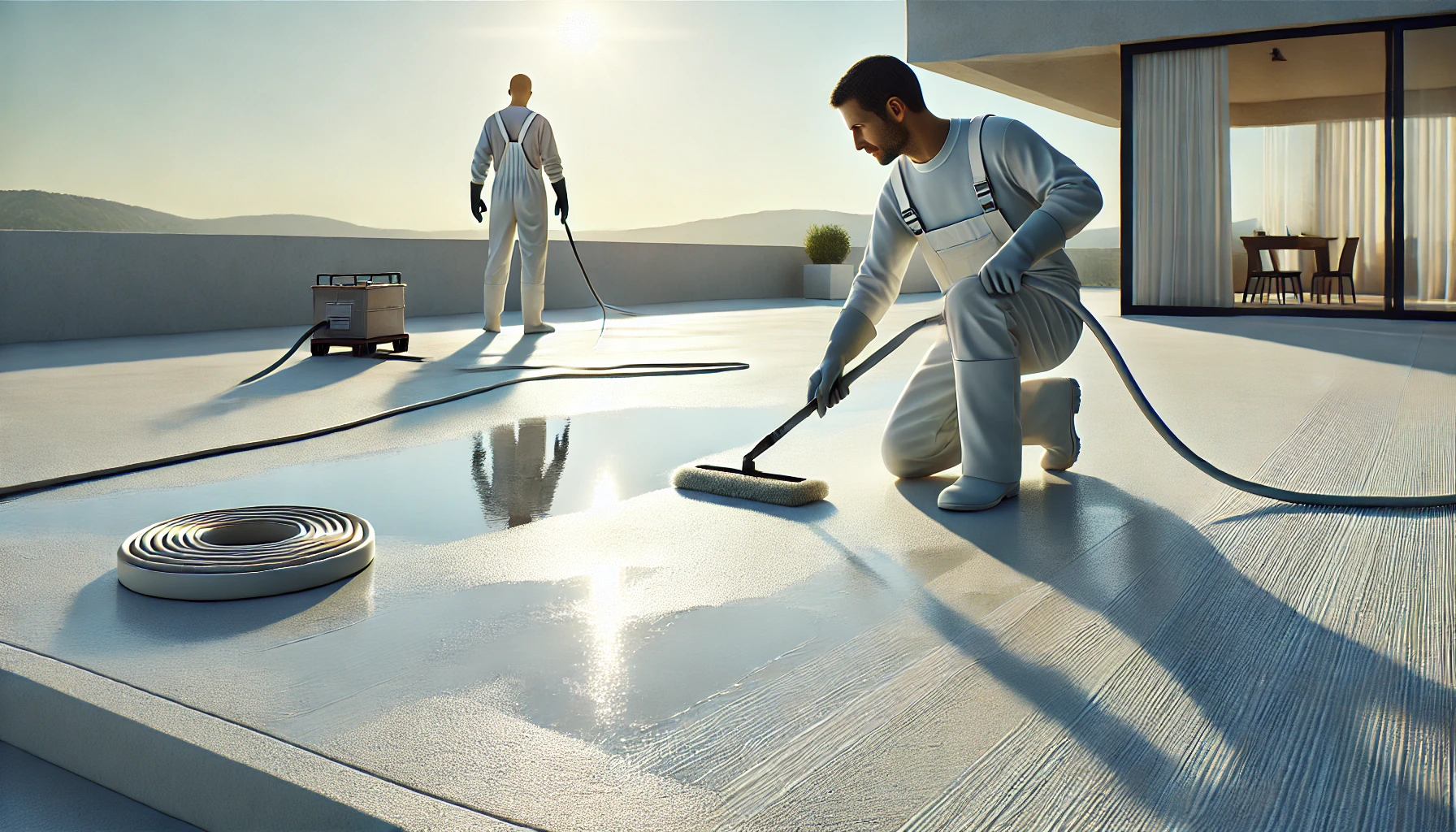
- Exterior Walls: Prevents weathering and enhances aesthetic appeal.
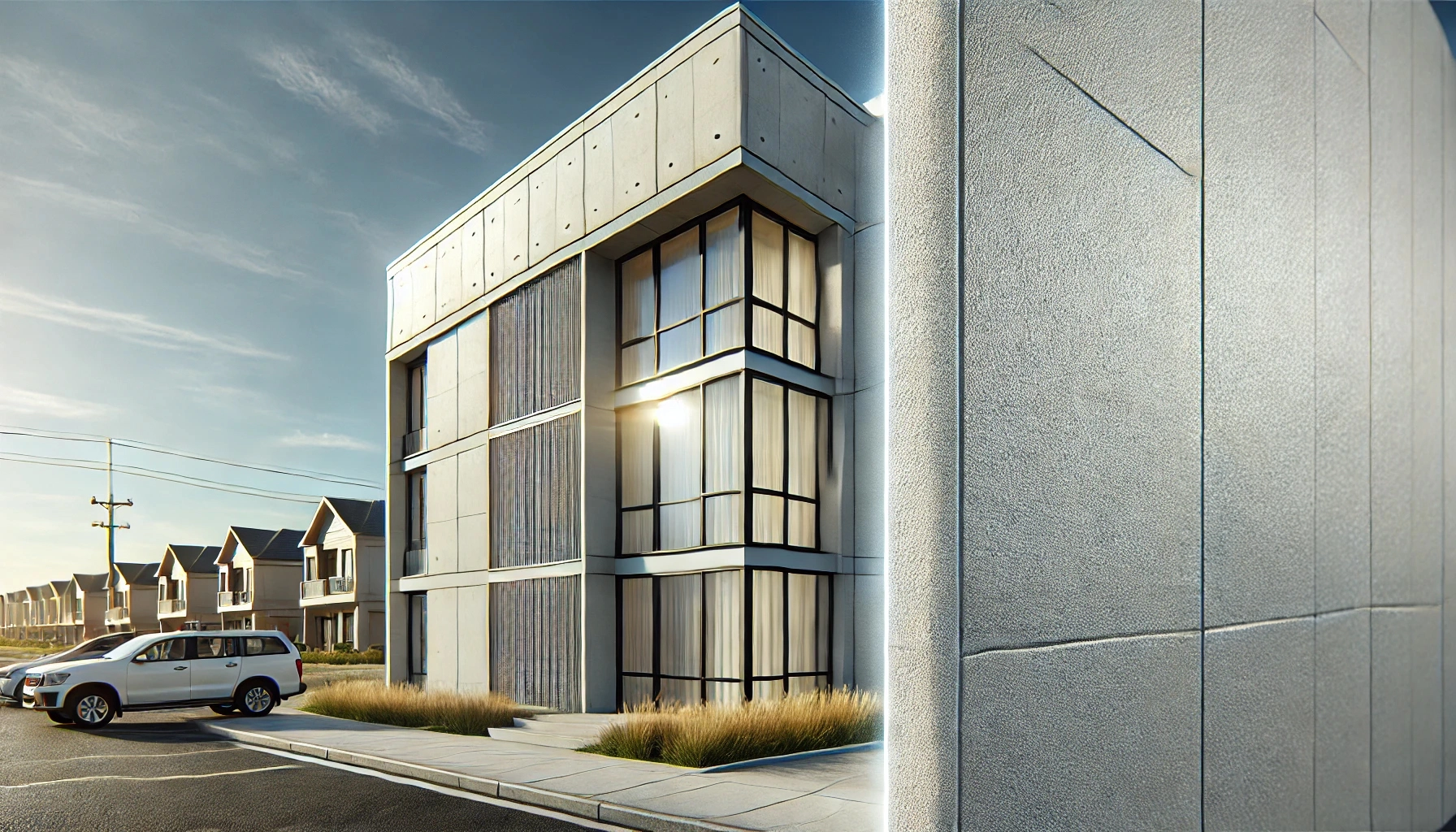
- Industrial Facilities: Protects infrastructure from extreme temperatures and corrosion.

- Residential Buildings: Ideal for homes in hot or humid climates to ensure comfort and durability.
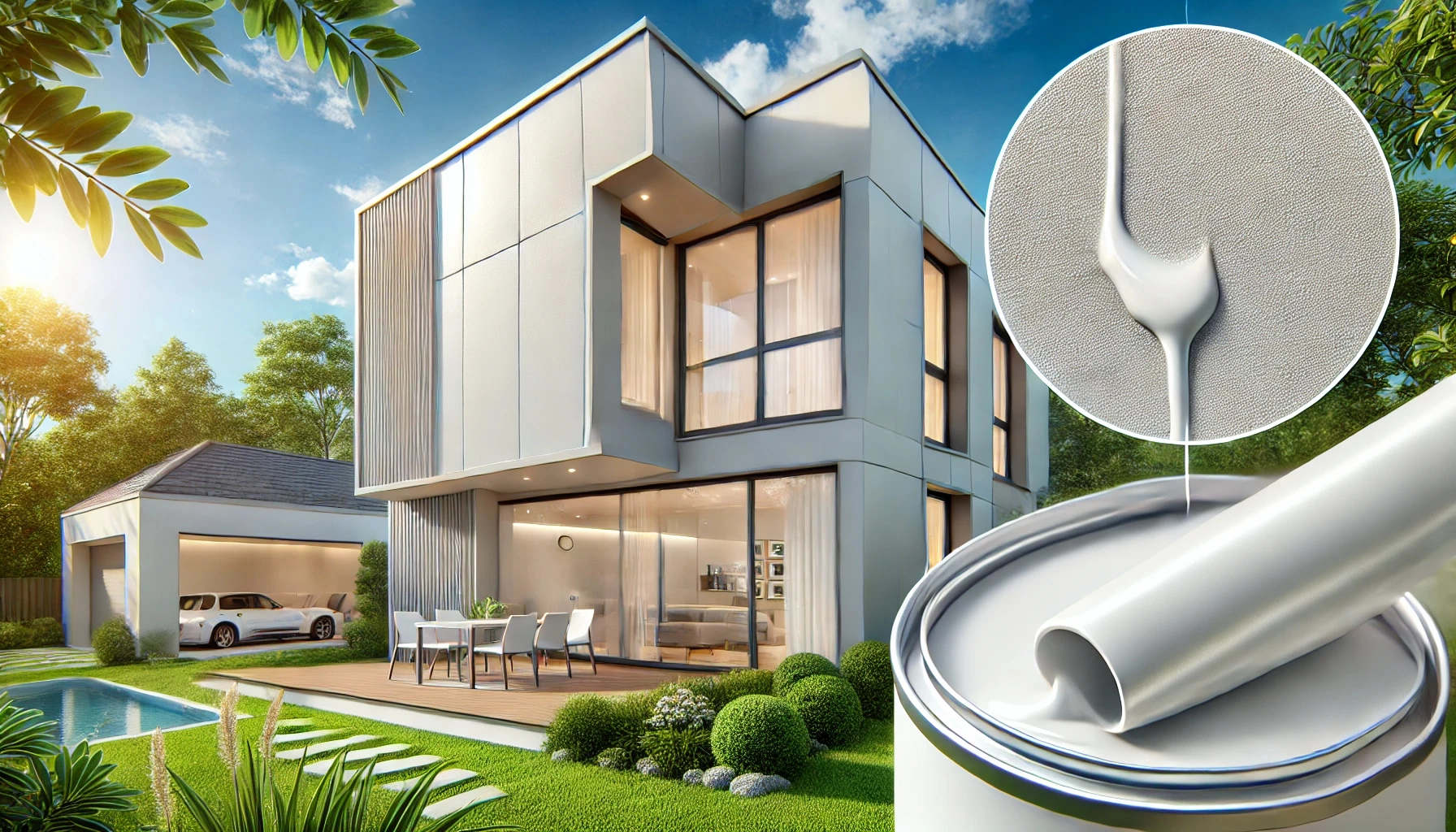
4. Choosing the Right Heat Reflective Coating for Your Building
Selecting the right heat reflective coating involves considering several factors:
- Climate: Hot and sunny regions may require coatings with high solar reflectivity.
- Coating Thickness: Thicker applications offer greater durability but may require professional expertise.
Consulting with experts ensures tailored solutions that meet your building’s unique requirements. Indicus Paints provides a range of heat reflective coatings designed for diverse needs, combining performance and longevity.
5. Maintenance and Lifespan of Heat Reflective Coatings
To maximise the lifespan of heat seal coatings, proper maintenance is essential.
Tips for Ensuring Durability:
- Regular Cleaning: Remove dirt and debris to maintain reflectivity and prevent surface wear.
- Inspect Annually: Check for signs of wear, cracks, or peeling and address issues promptly.
- Reapplication: Depending on the coating type and exposure, reapply every 5–10 years for optimal protection.
Investing in high-quality products and routine inspections ensures your building remains protected and visually appealing.
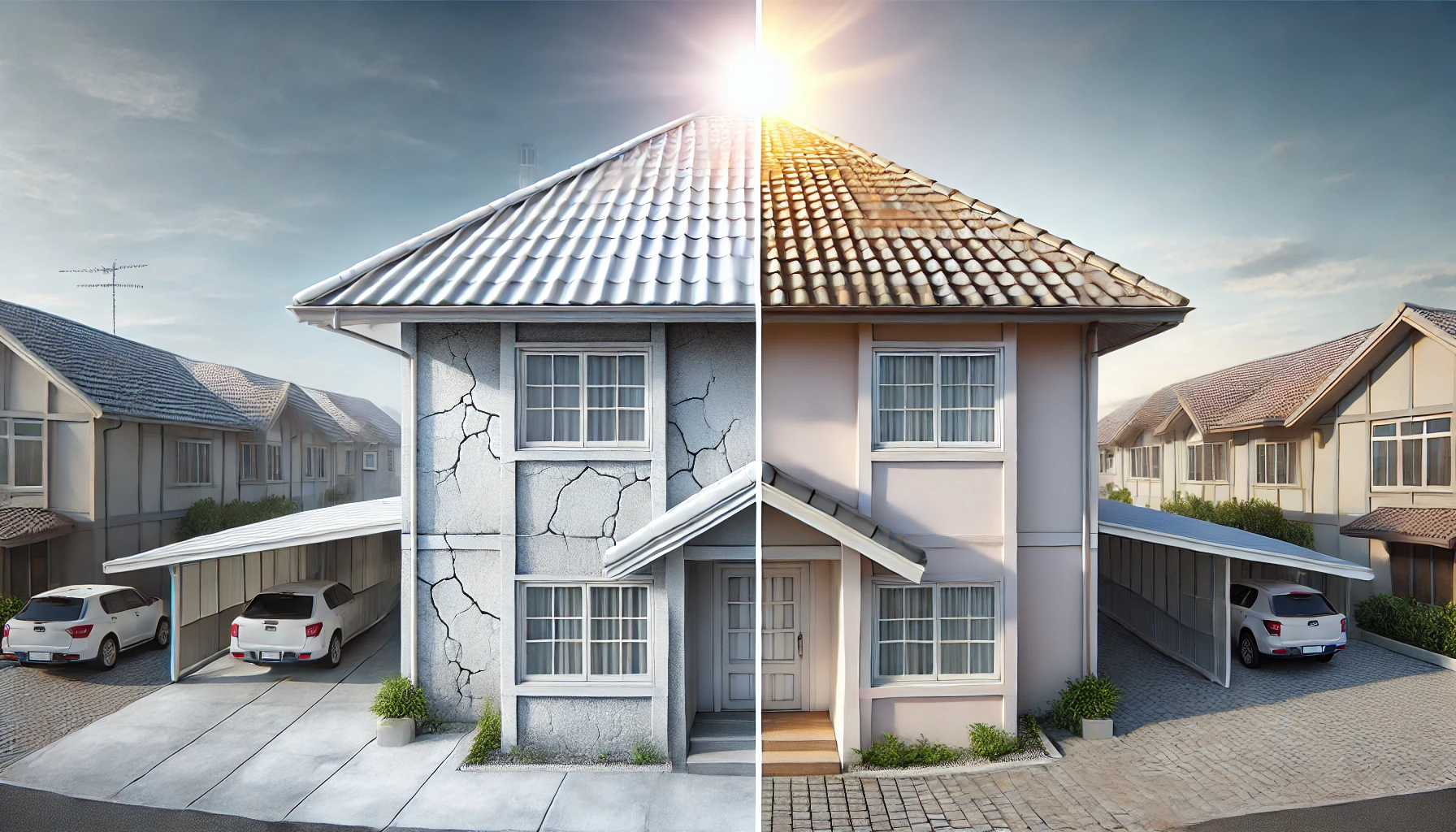
Conclusion
Heat reflective coatings are a game-changer for long-lasting building protection. By offering thermal insulation, weather resistance, waterproofing and eco-friendly benefits, these coatings enhance the durability and efficiency of your property while reducing environmental impact. Whether it’s a rooftop, exterior wall, or industrial facility, heat reflective coatings provide unmatched performance for all surfaces.
Explore the range of Indicus Paints’ heat reflective coatings to find the perfect solution for your building. With premium products and expert guidance, Indicus ensures your property is protected, energy-efficient, and visually stunning for years to come.

